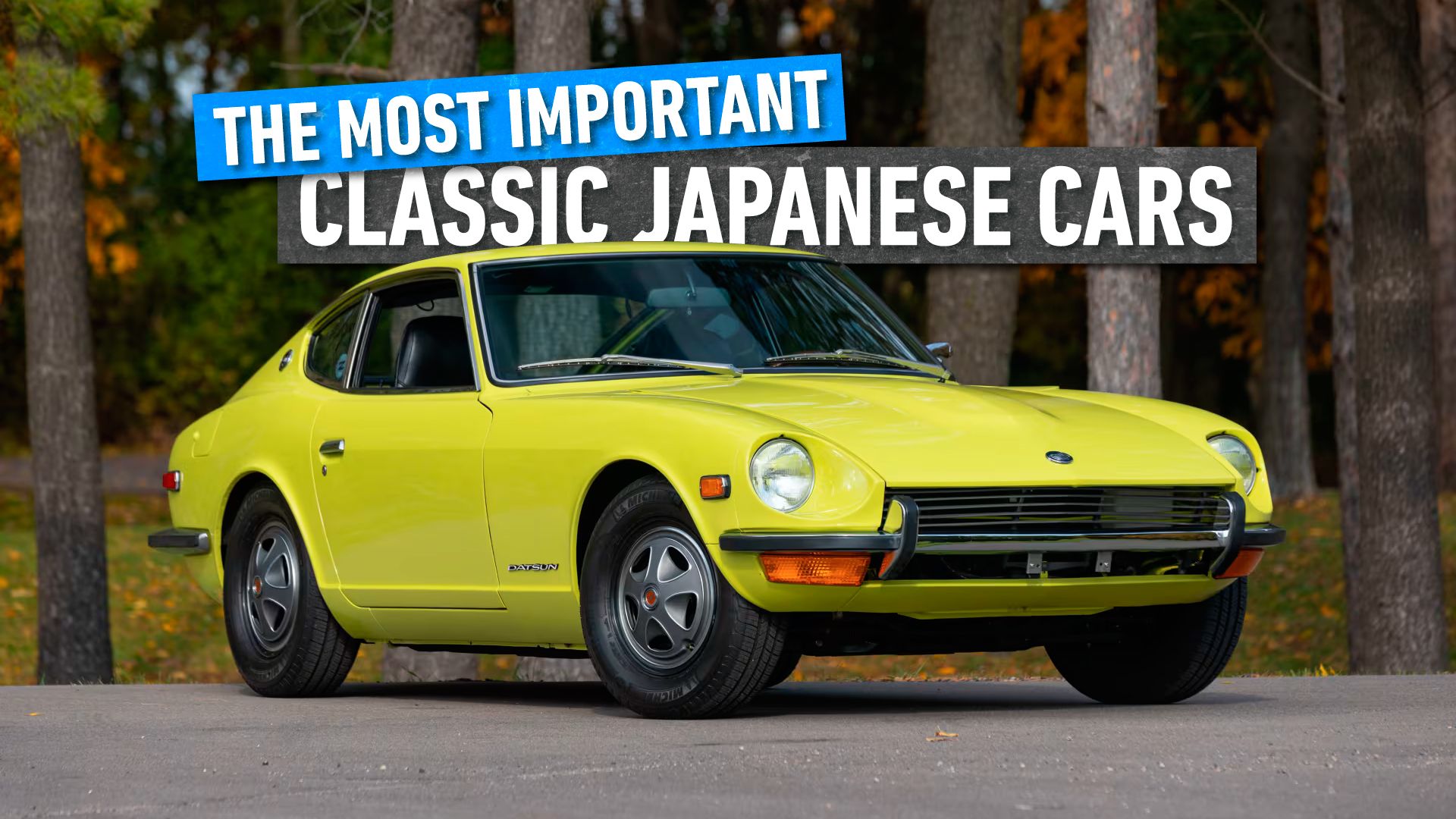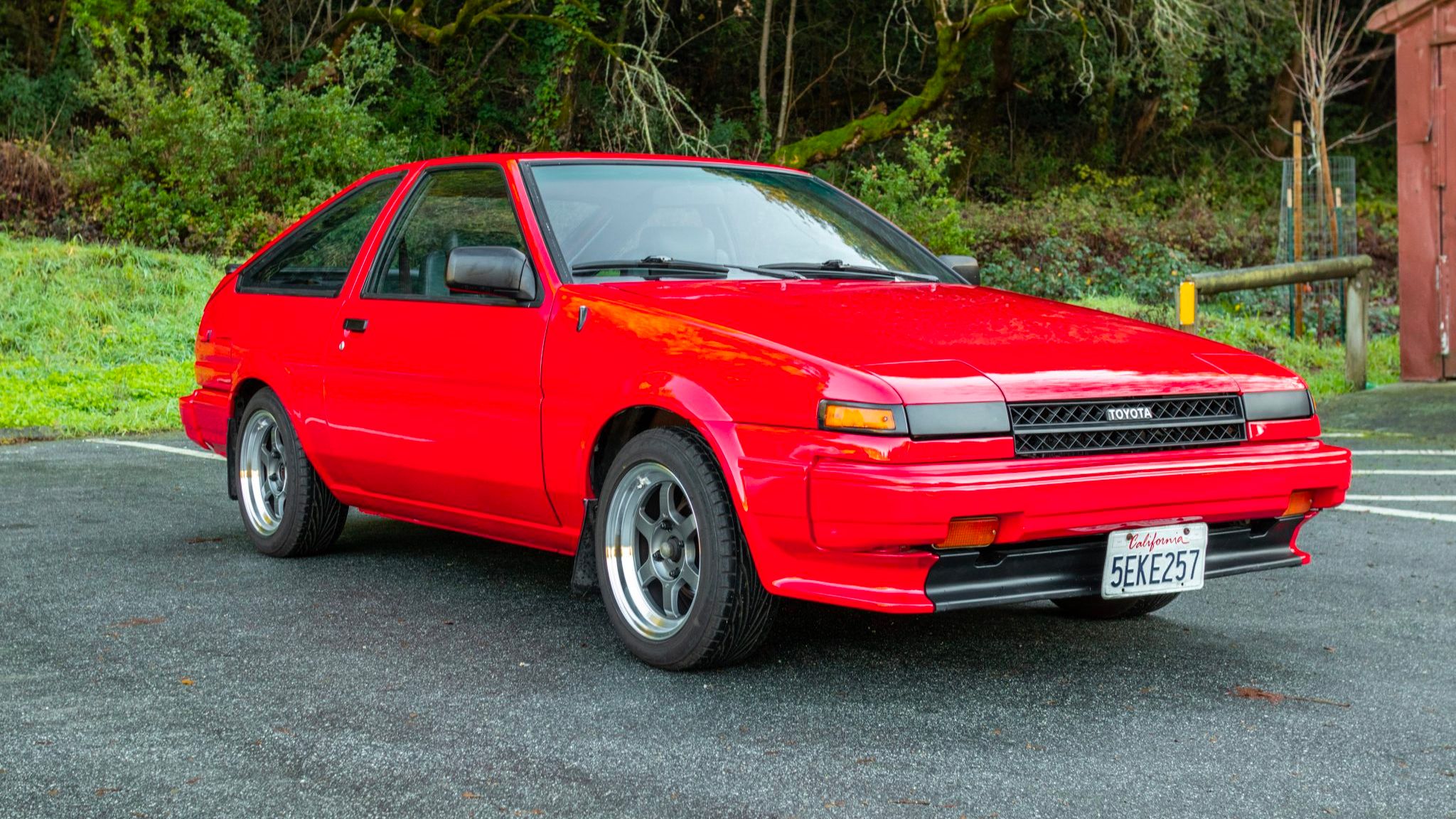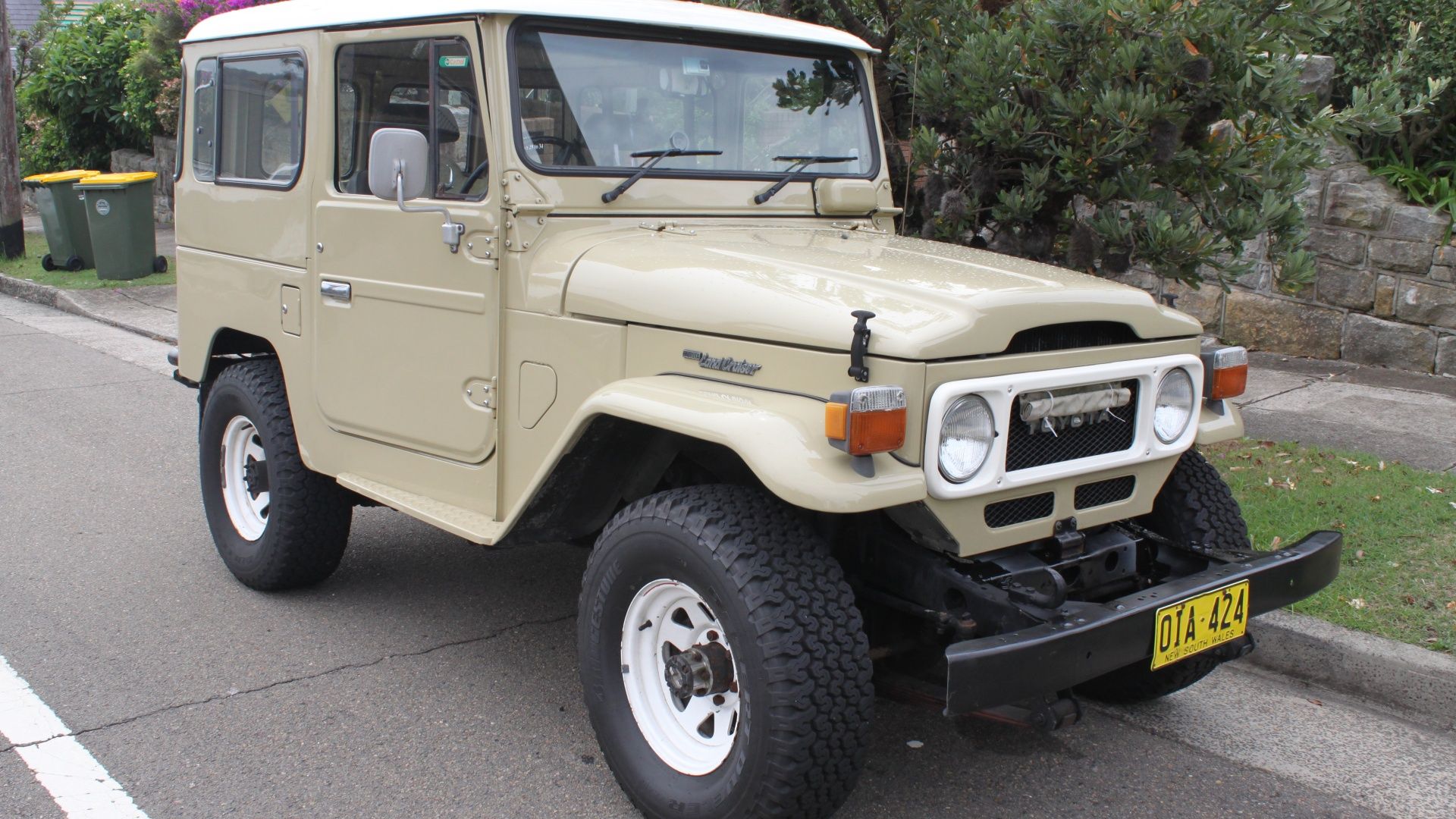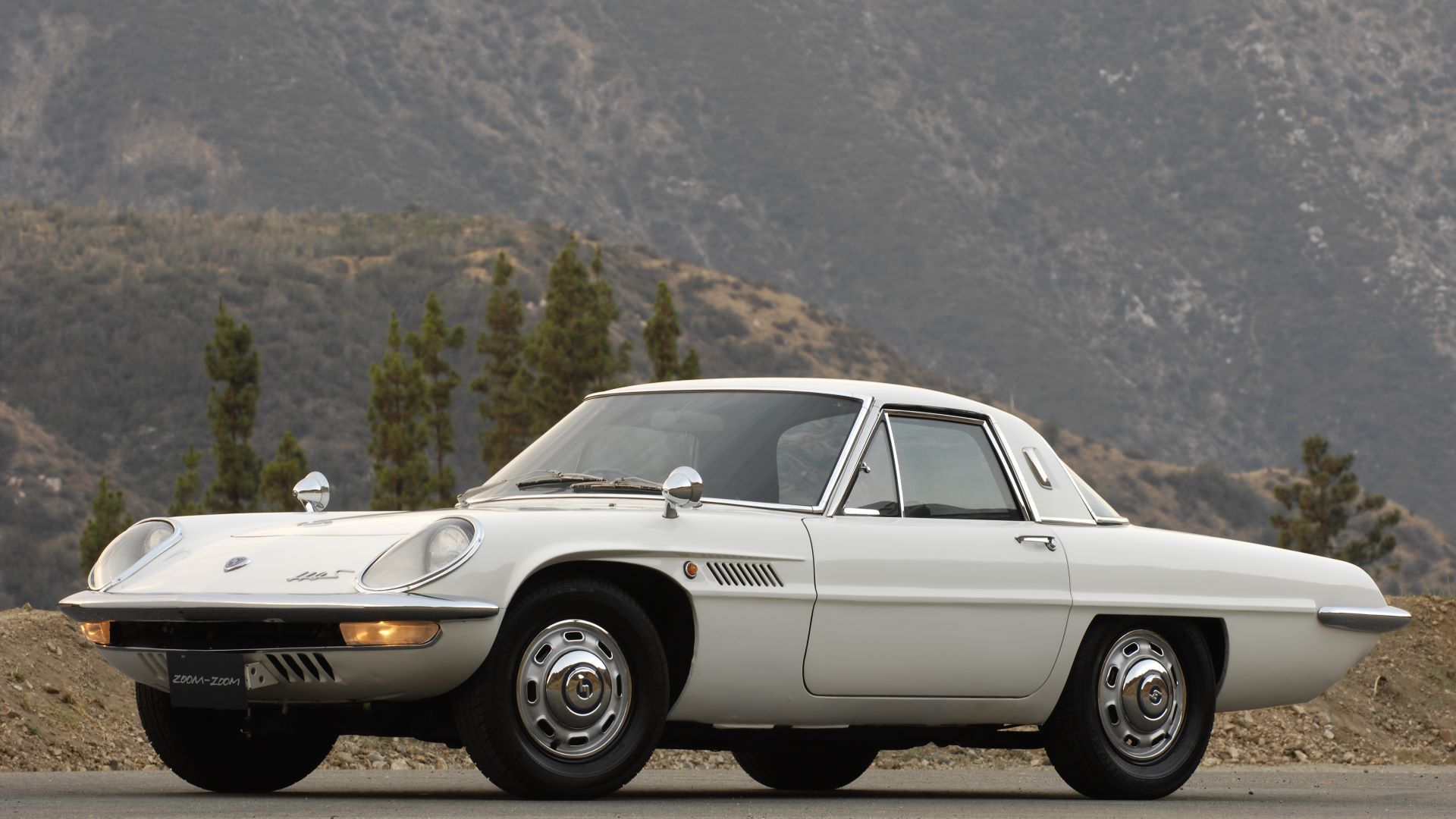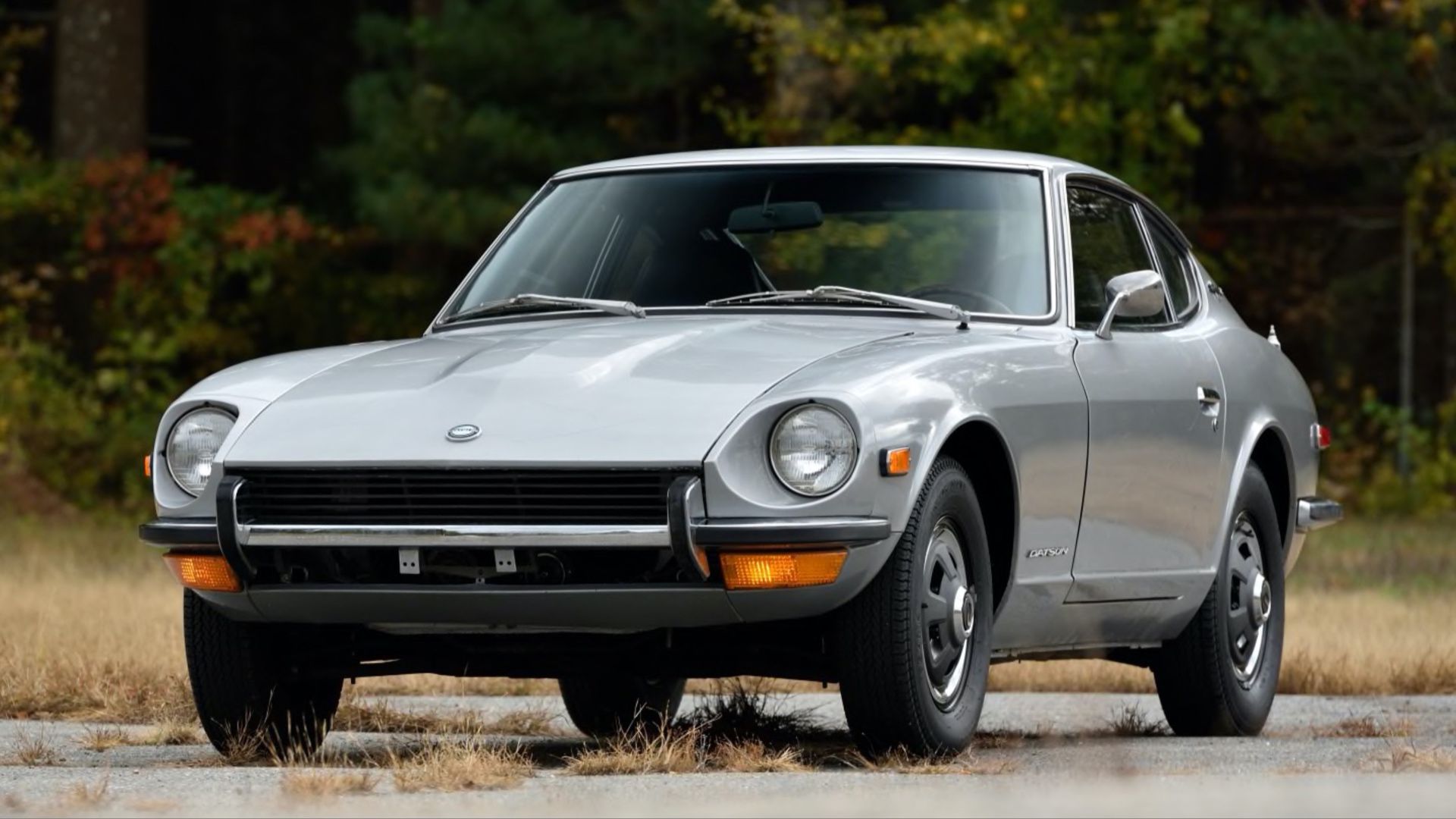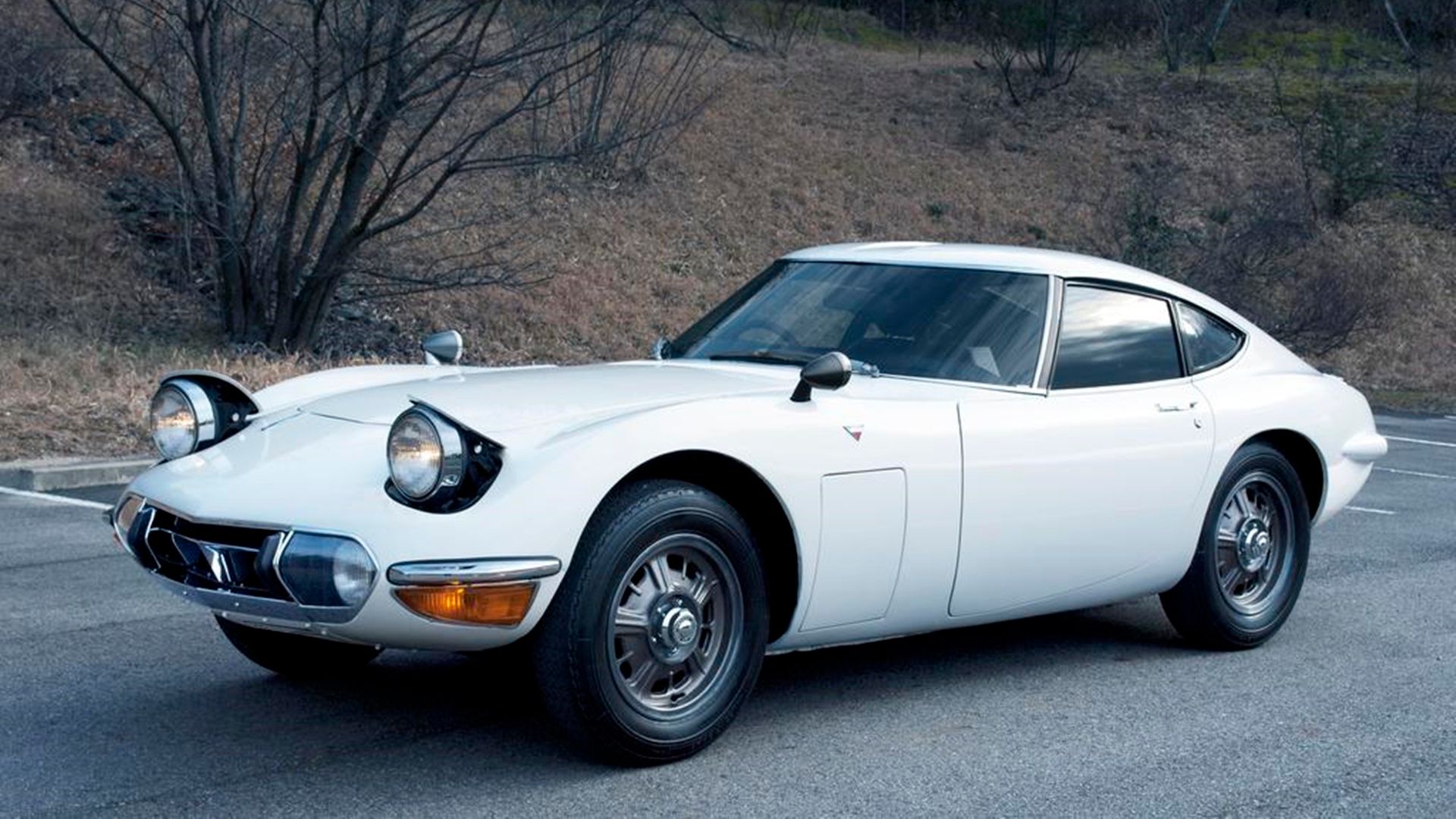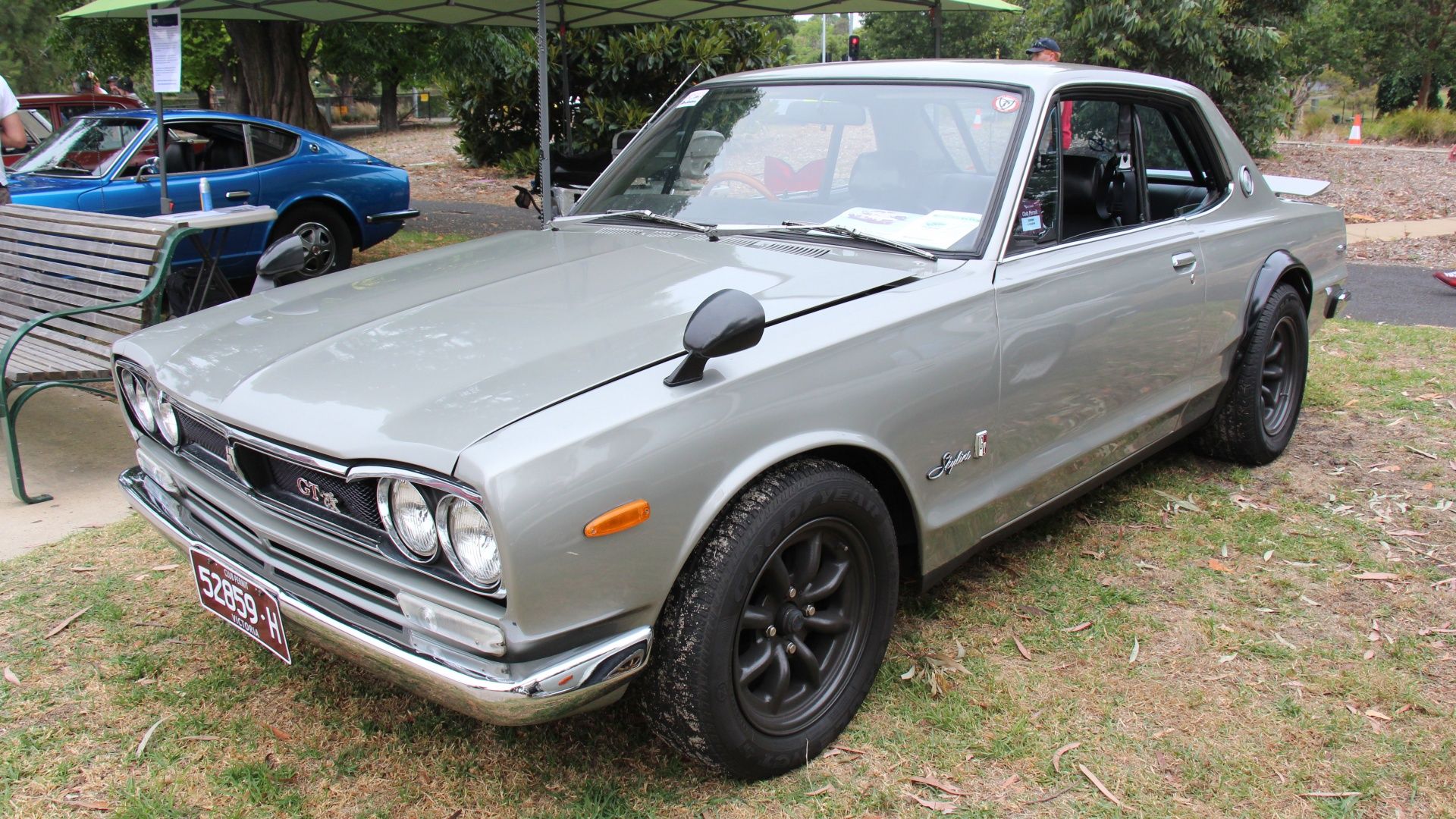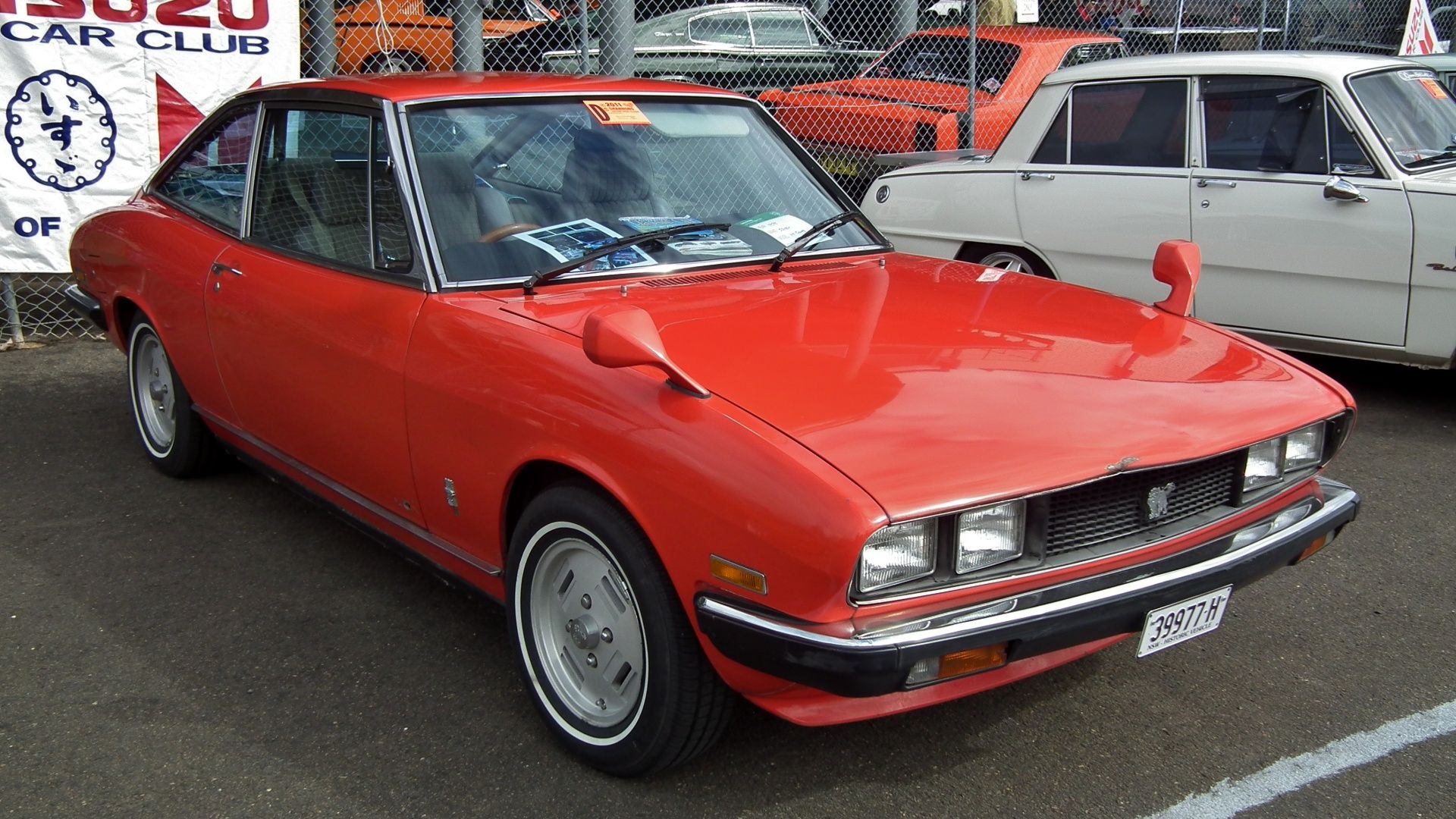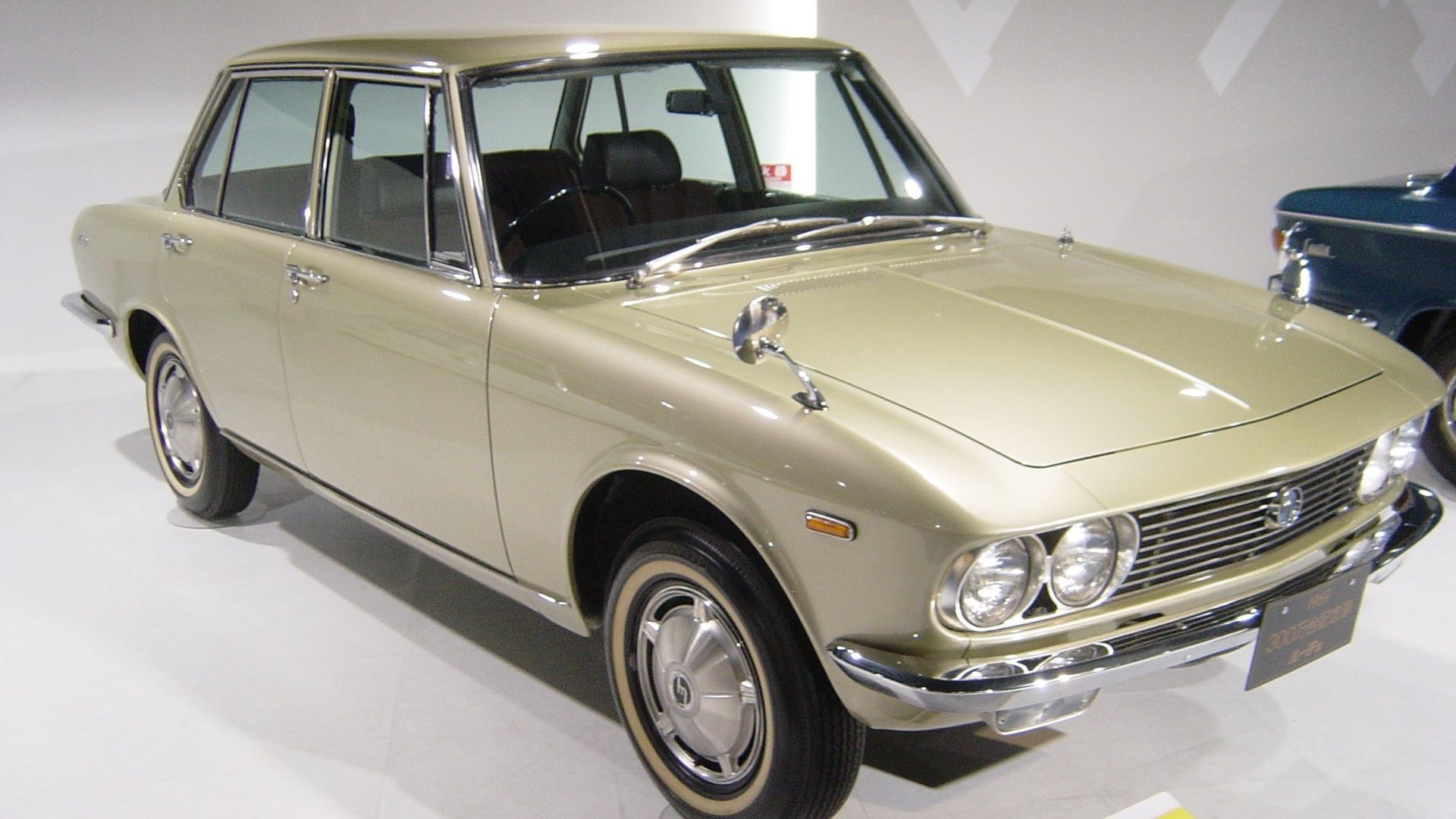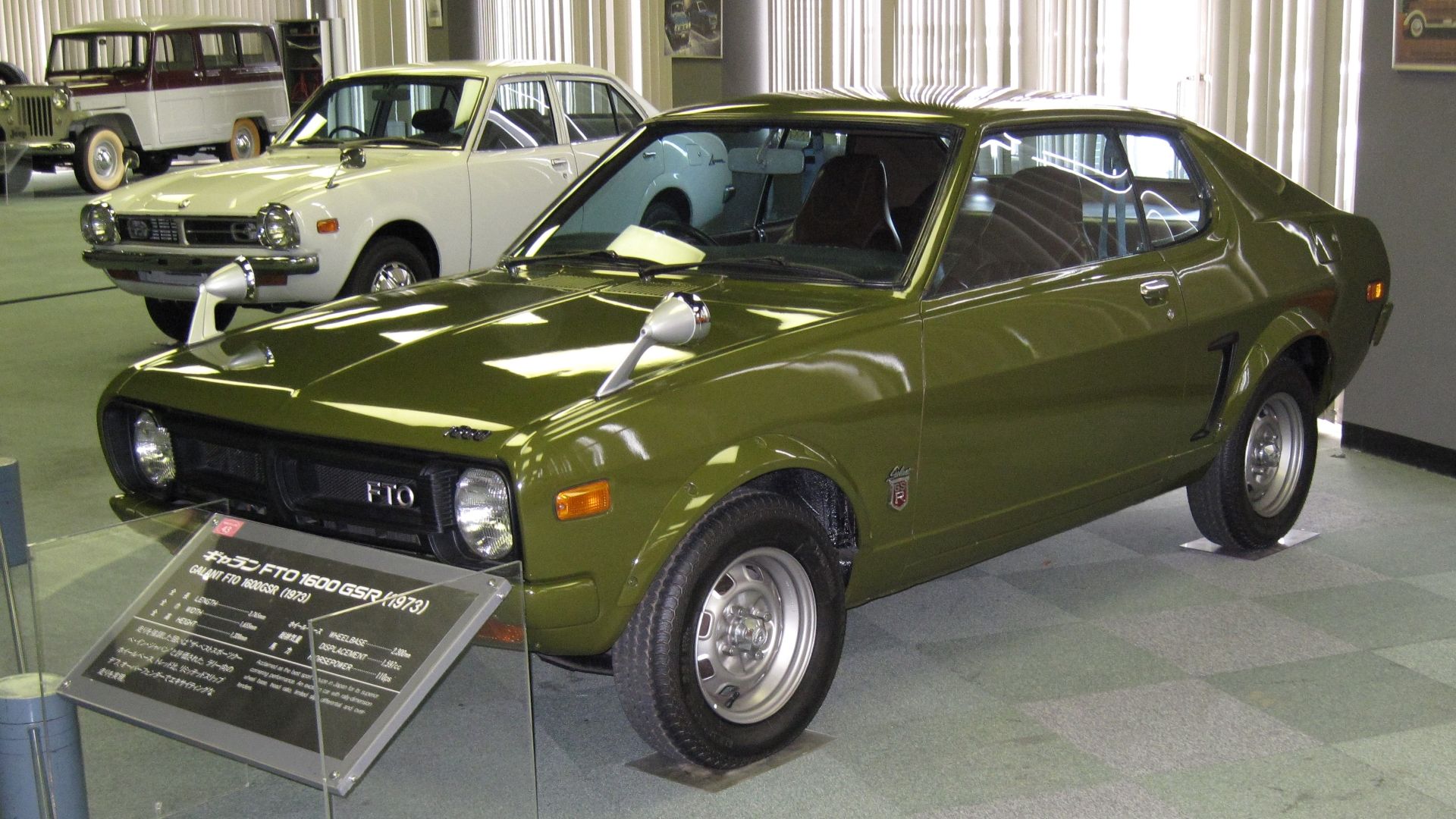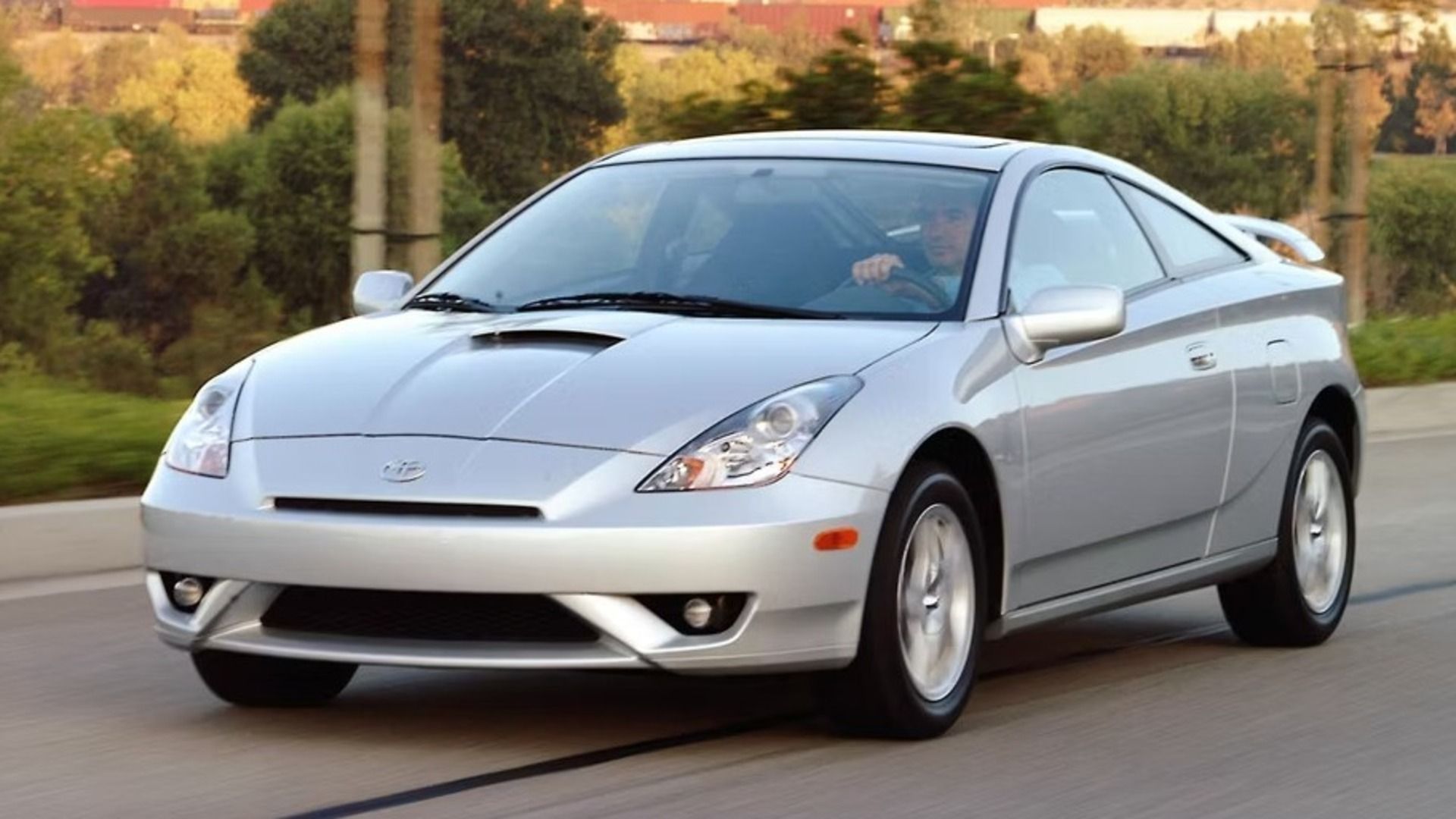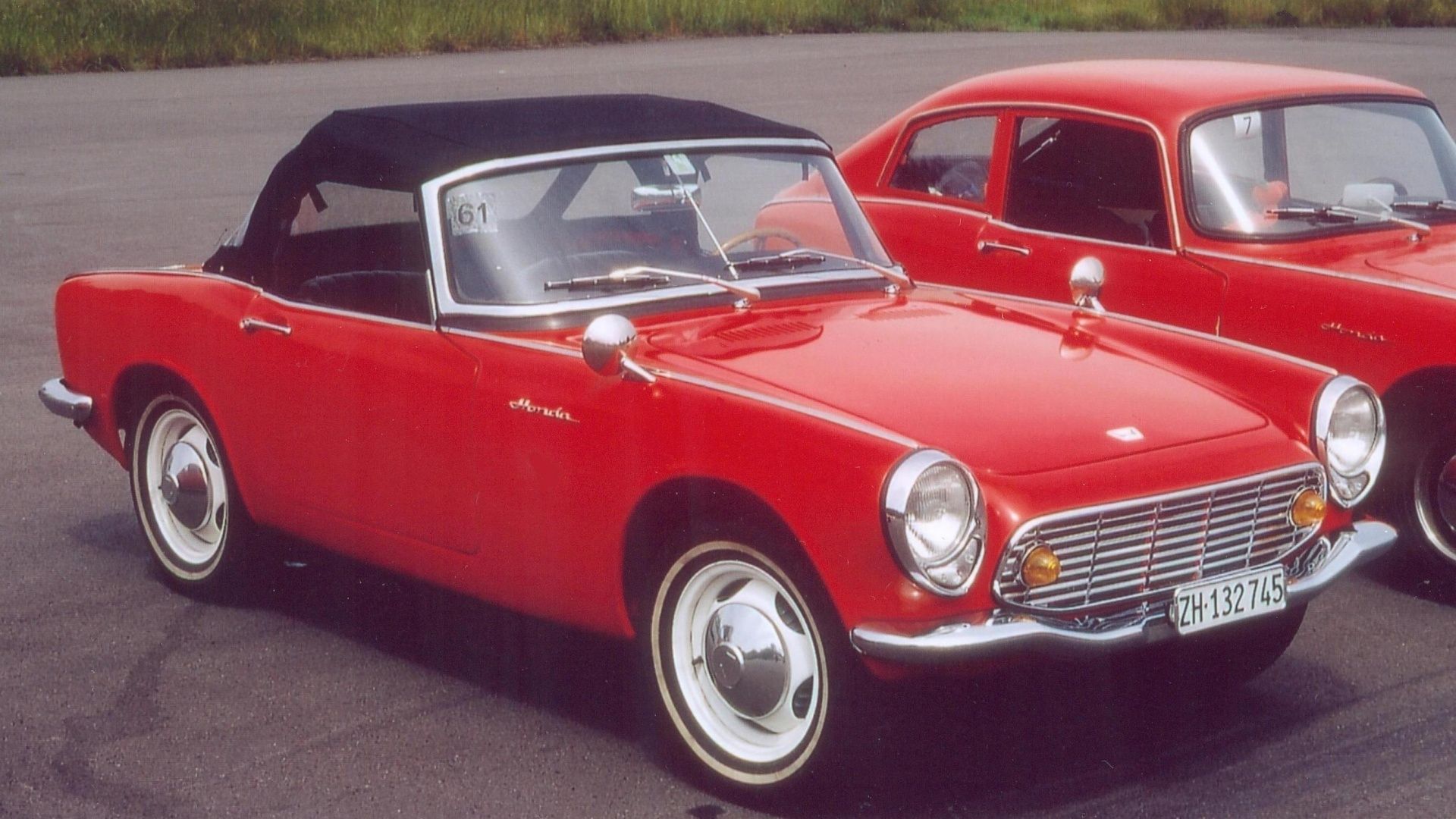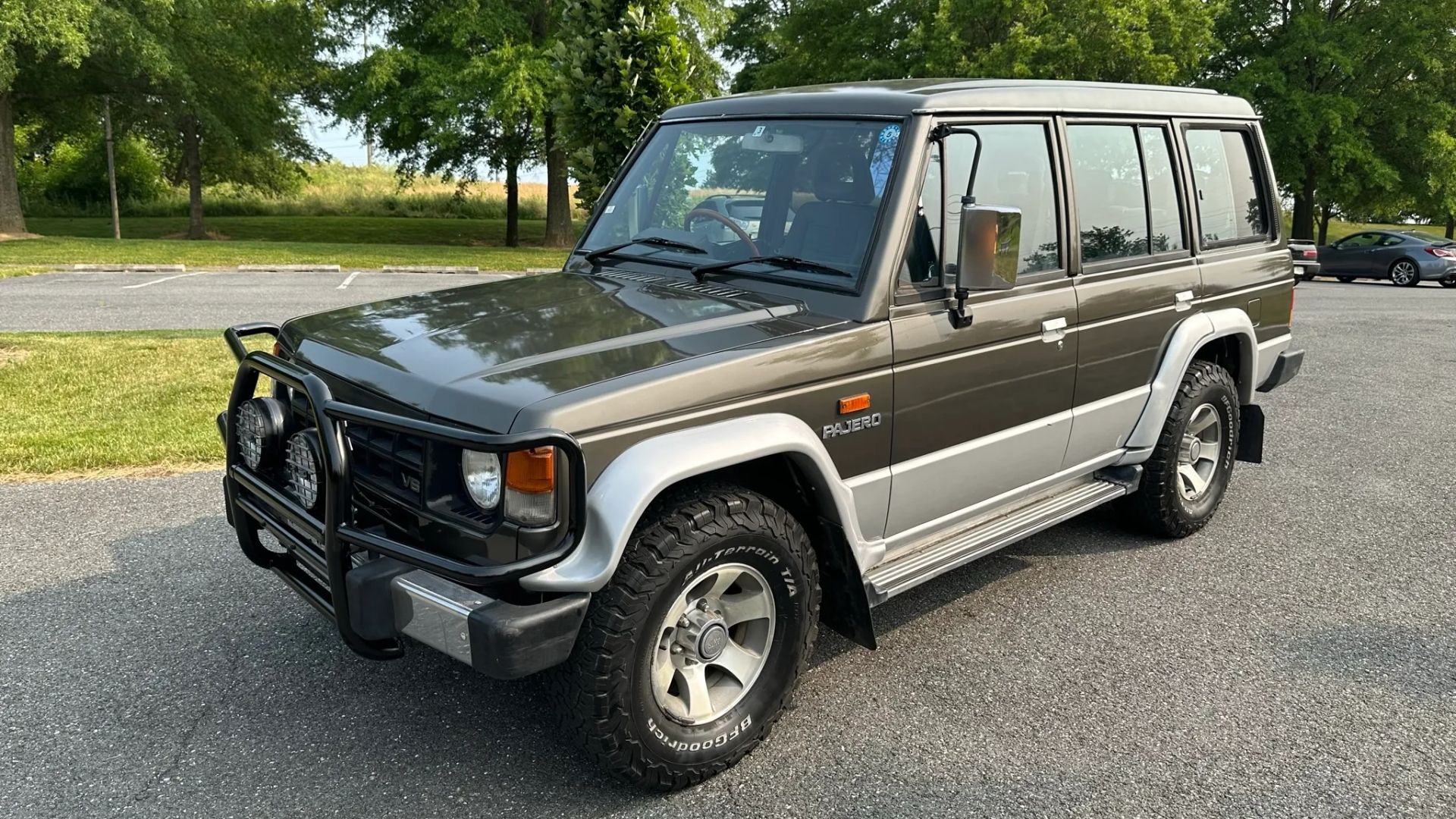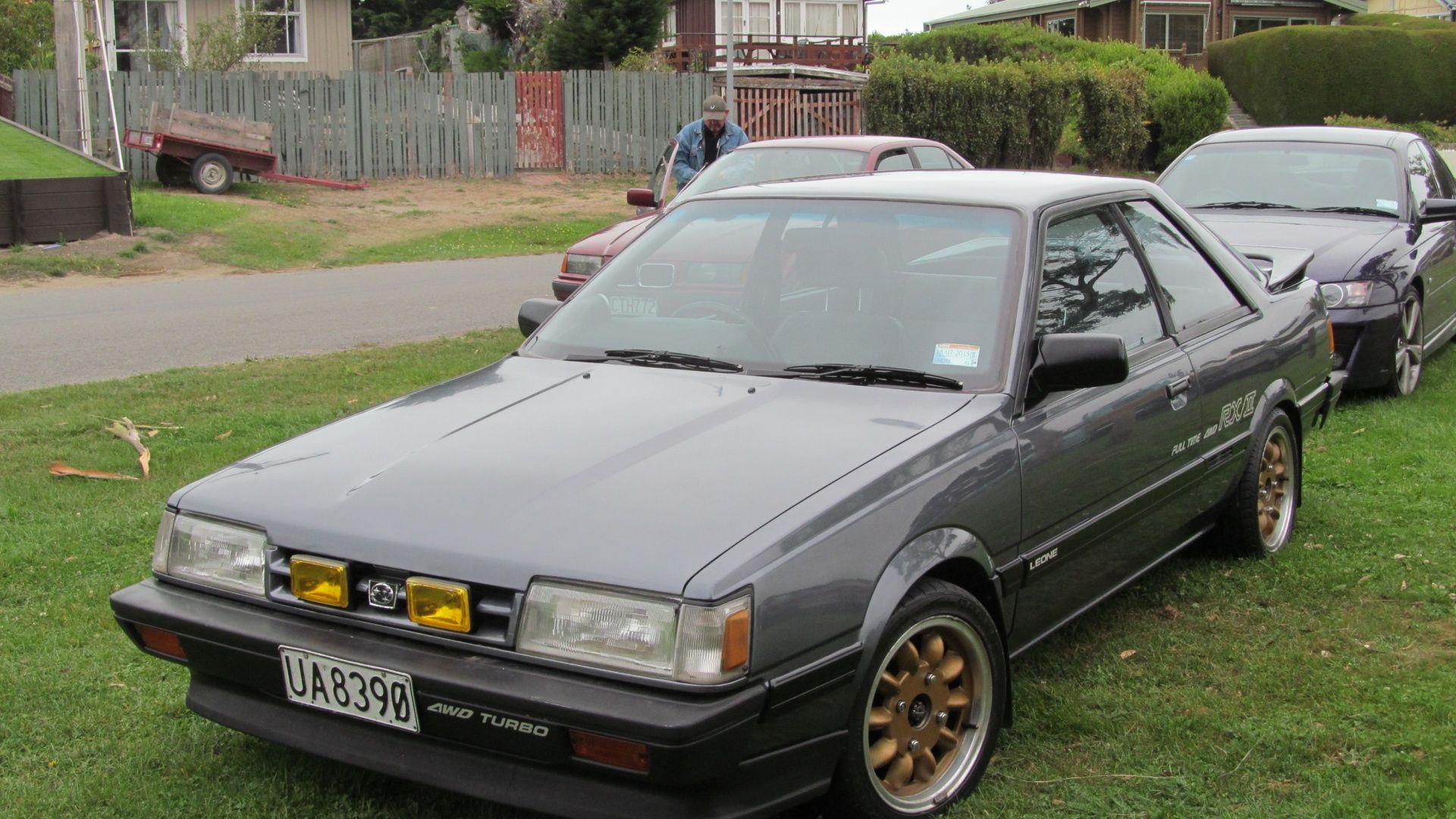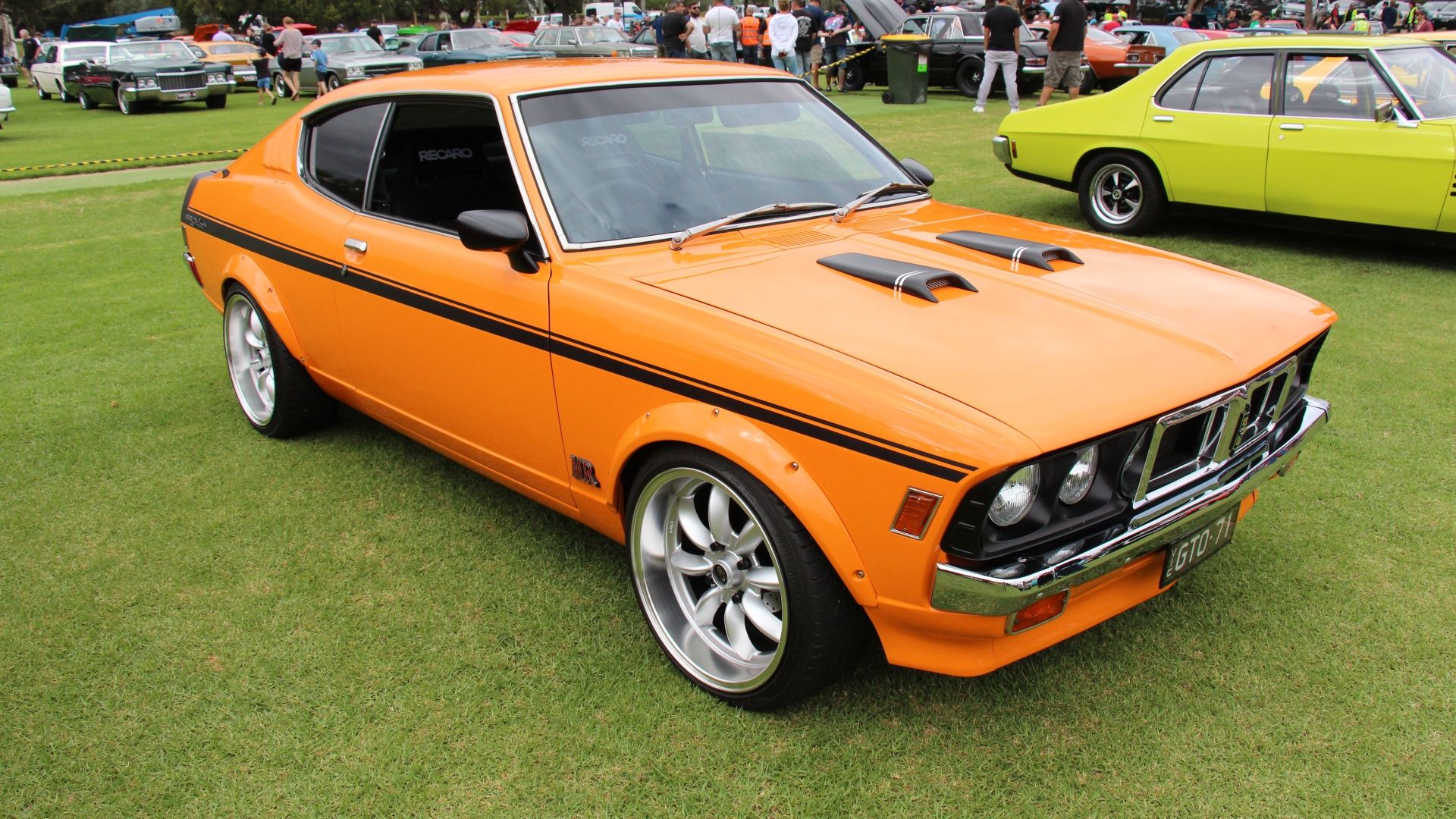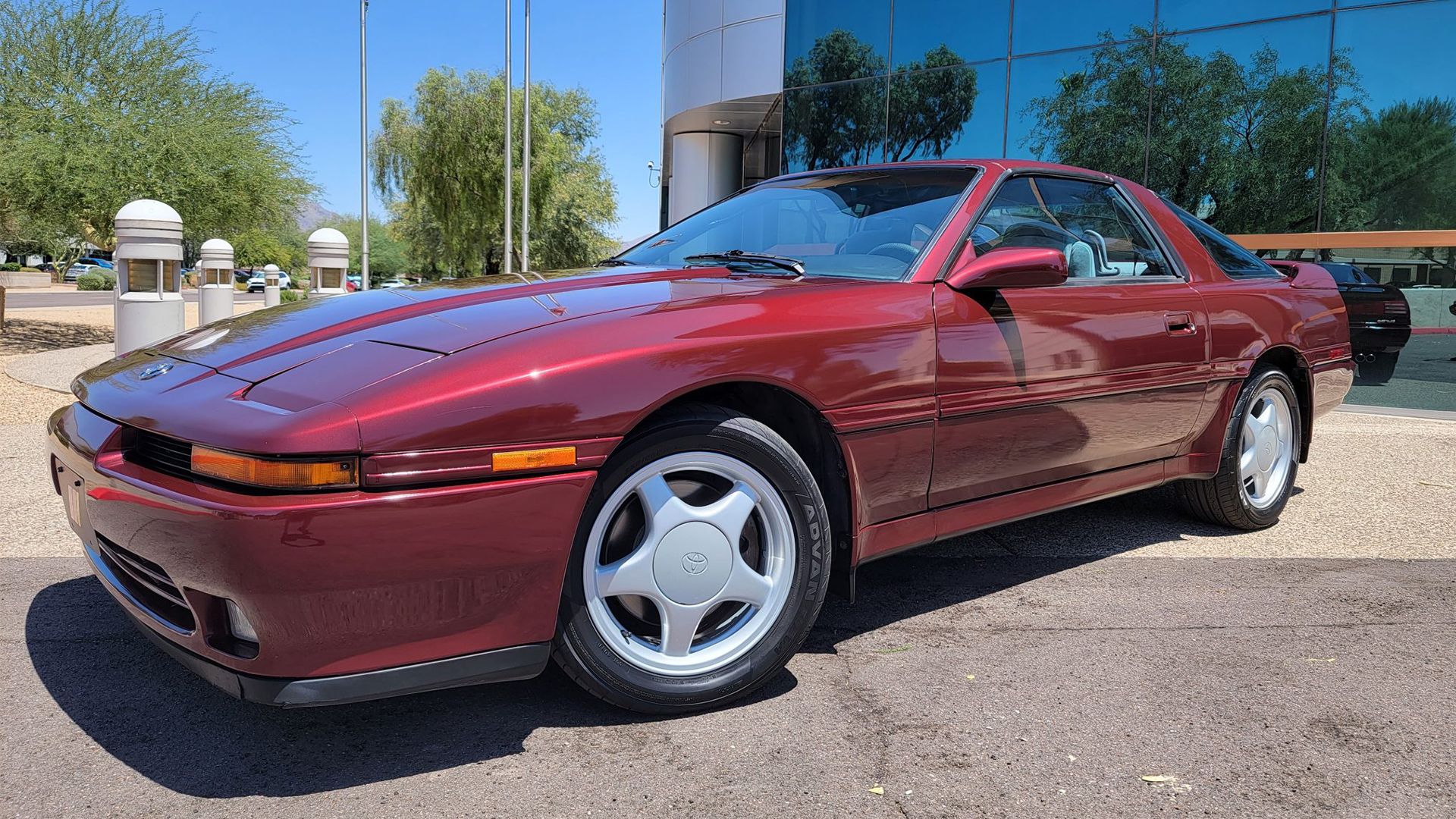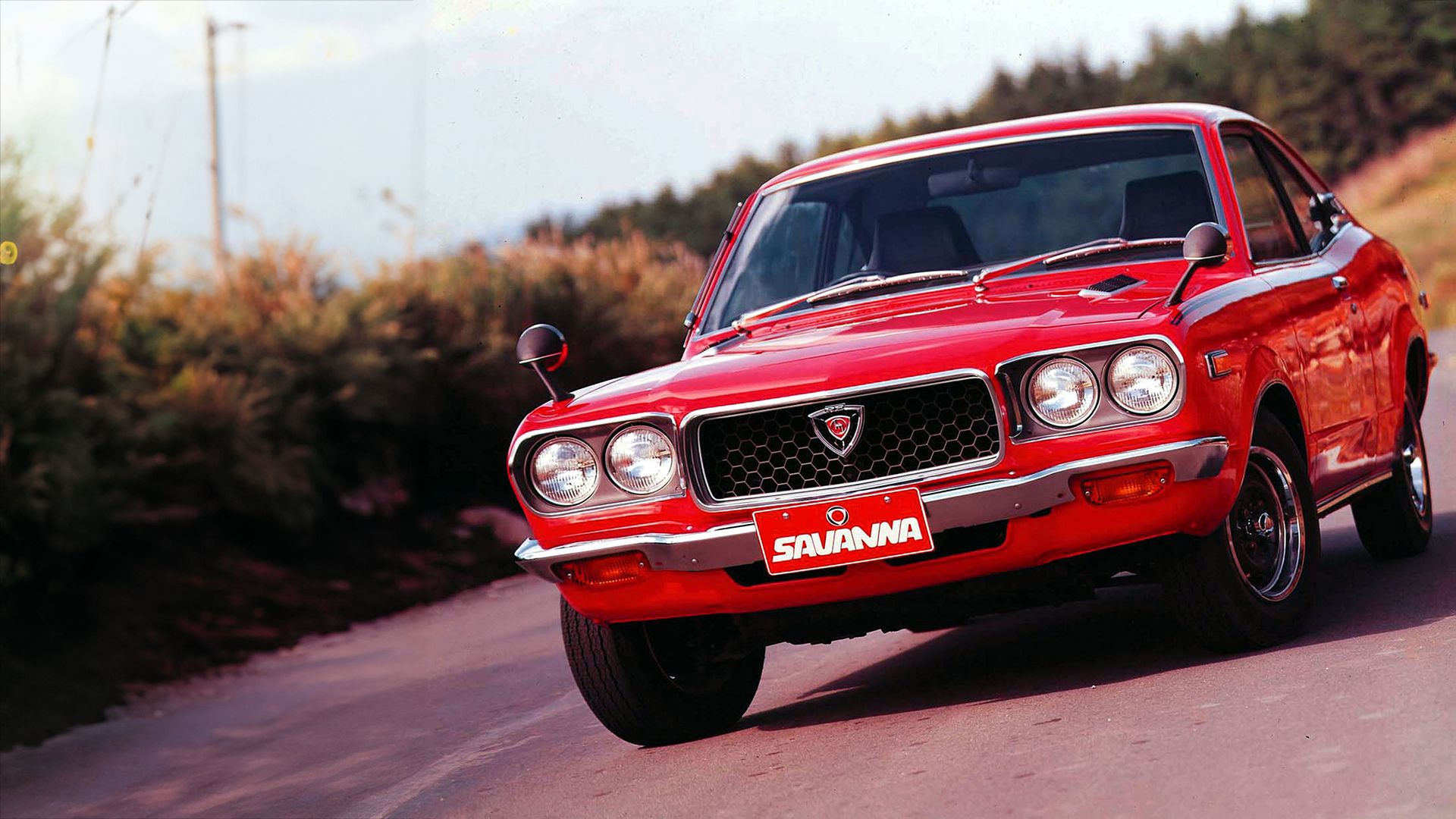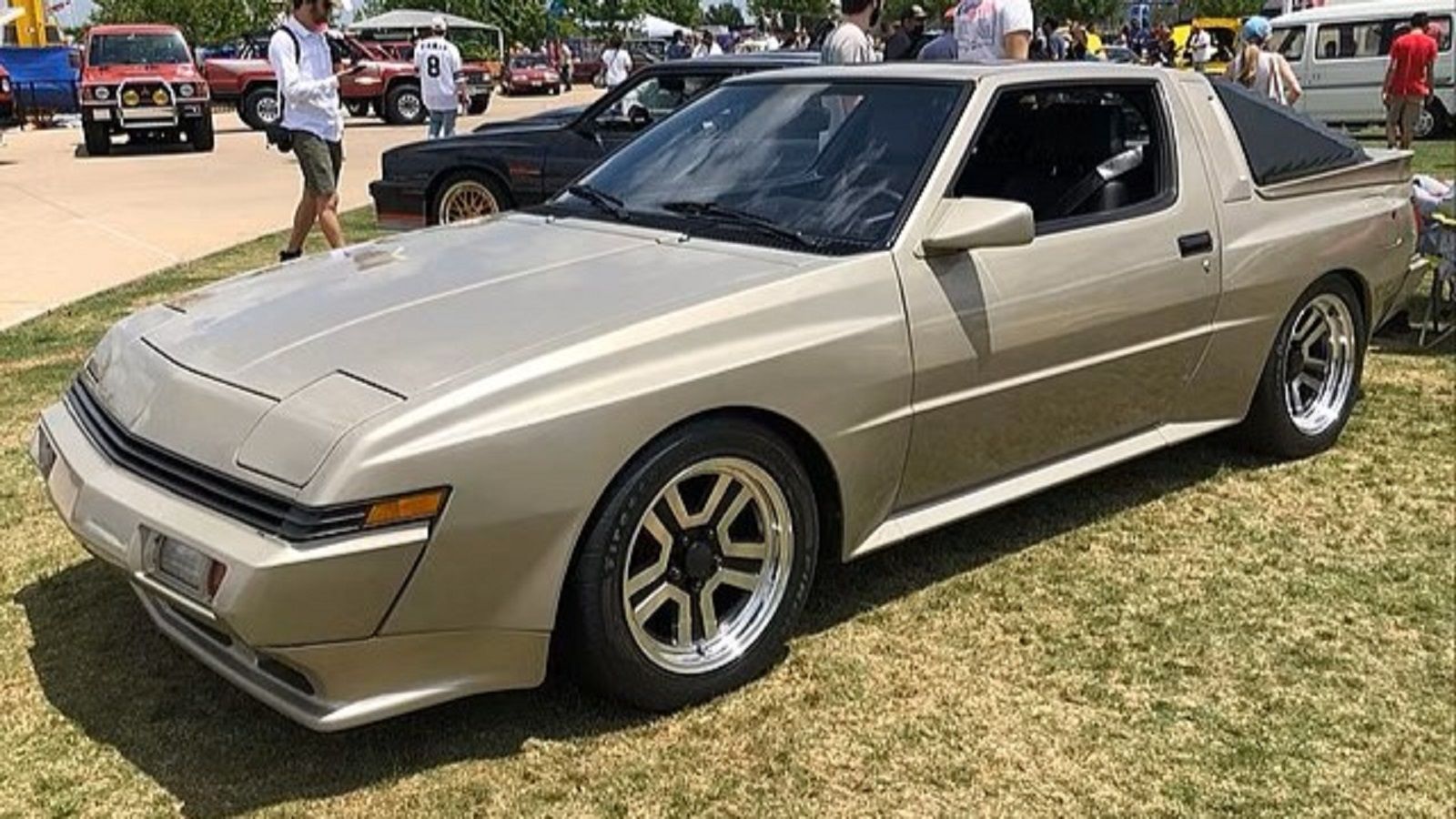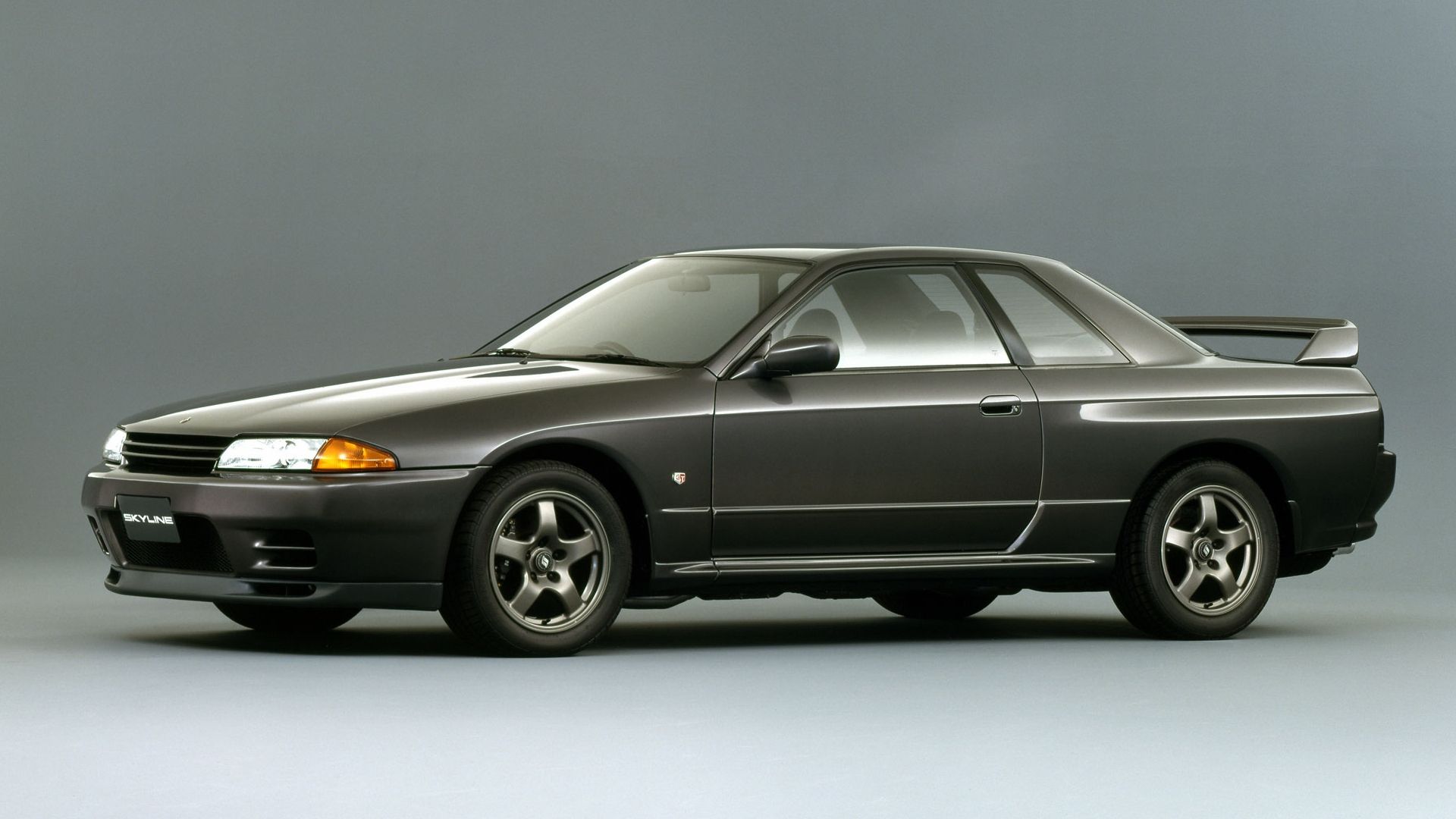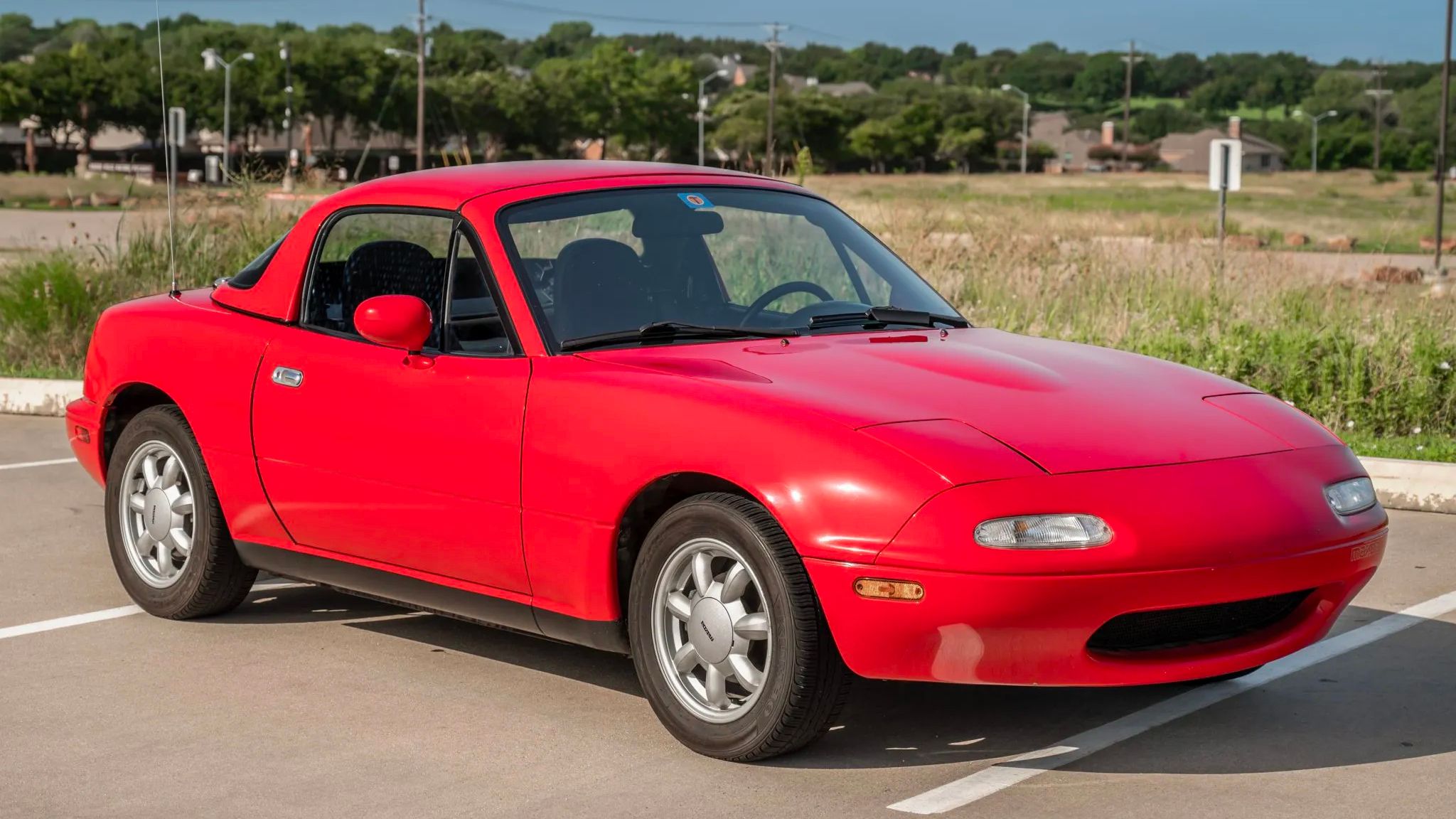Read update
- With interest in Japanese classics rising, we've updated this piece with information about the cost of each entry. We have also refreshed the piece with more facts about the 20 cars.
If I were to write about the history of cars, a single chapter wouldn’t be enough to talk about the Japanese car industry’s impact in shaping that history. I’d need a few chapters to properly encapsulate what Japan’s car history means to the larger history of the automotive world. From humble beginnings to global domination, Japan’s car scene has given so much to the auto world.
That includes some of the most iconic Japanese car models to ever hit the road. These 20 models are classics in the basic sense of the term “classic.” More importantly, these 20 models are classics because they’ve earned the right to be called one, whether it’s through sheer popularity or long-lasting impact in the industry.
UPDATE: 2024/04/06
With interest in Japanese classics rising, we've updated this piece with information about the cost of each entry. We have also refreshed the piece with more facts about the 20 cars.
In order to give you the most up-to-date and accurate information possible, the data used to compile this article was sourced from various manufacturer websites and other authoritative sources, including Motor Trend, CarBuzz, HotCars, and Classic.com.
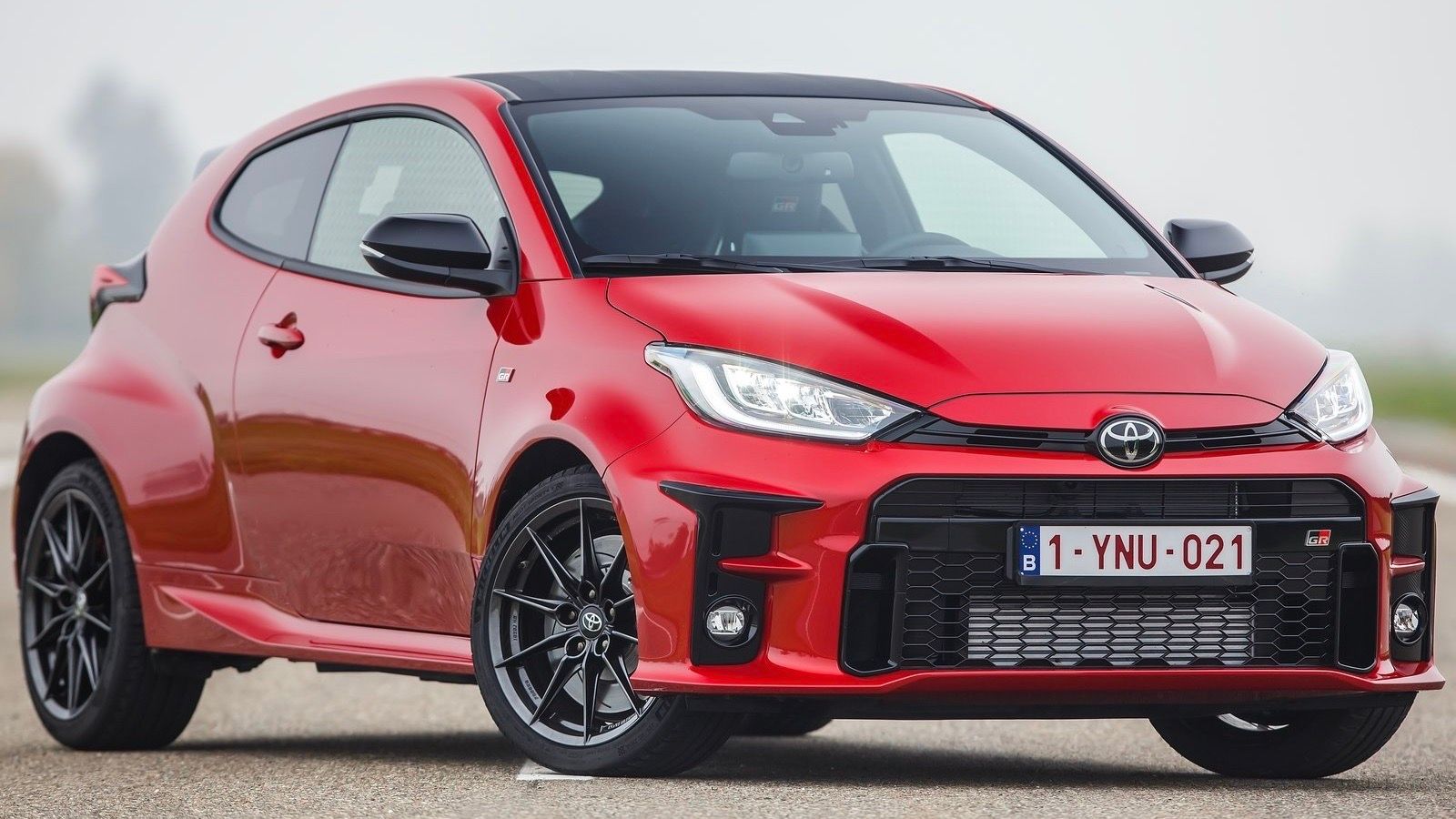
10 Cool Japanese Cars We Can’t Have In America
The Japanese domestic market has cooked up some incredible creations over the years, here are 10 JDM cars we wish we could drive here in the U.S.A.20 Toyota Corolla GT AE86 (1983-1988)
Average Market Value: $21,615
The Toyota Corolla GT AE86 deserves a chapter of its own. The Corolla GT AE86’s list of accomplishments runs long and deep. That’s owed to the car’s nimble handling, responsive steering, and a 1.6-liter twin-cam engine. All of that came together to make the AE86 one of the best-driving cars in the market and a go-to car for racers and drifters alike. Speaking of drifters, no less than Keiichi Tsuchiya, better known as the Drift King, drove the AE86 to reach his status as one of the greatest drifters of all time.
Toyota Corolla GT AE86 Specifications
|
Engine: |
1.6-liter twin-cam engine |
|---|---|
|
Horsepower: |
112 horsepower |
|
Torque: |
100 pound-feet |
|
0 to 60 MPH: |
8.6 seconds |
|
Top Speed: |
118 mph |
As accomplished as the AE86 is, you can argue that the model’s greatest claim to fame is its starring role in Initial D, one of the most popular Manga comic series of its era. To this day, the Toyota GT AE86 remains a hot ticket item among fans and collectors. Good luck trying to find a good-condition AE86 today. If you do, prepare to shell out at least $21,600 for it. The good news is that spare parts are readily available: Toyota Gazoo Racing's Heritage Parts division manufactures and exports parts for iconic classic cars like the AE86.
19 Toyota Land Cruiser J40 (1961-1985)
Average Market Value: $37,482
Not every car on this list is of the performance variety. It’s a testament to the J40’s stature as one of the greatest SUVs of all time that Toyota produced the model from 1960 to 2001. That’s over 40 years of the same model hitting the market without interruption. Production of the J40 ended in most regions in the mid-1980s, but continued in Brazil until the early 2000s under the nameplate 'Bandeirante'.
Toyota Land Cruiser J40 Specifications
|
Engine: |
3.9-liter six-cylinder engine |
|---|---|
|
Horsepower: |
125 horsepower |
|
Torque: |
189 pound-feet |
|
0 to 60 MPH: |
n/a |
|
Top Speed: |
n/a |
The Land Cruiser J40’s popularity also spurred numerous iterations, including the FJ40 and the 2FJ40. Through it all, the Land Cruiser J40 withstood more than just the test of time; it’s also become one of the most sought-after classic SUVs in the world. Despite evolving steadily throughout its production run, the J40 remained virtually the same for over two decades. Therefore, as long as the car you want to buy is in good condition, you shouldn't worry much about the year of production: All J40s made were tough as nails.
18 Mazda Cosmo (1967-1996)
Average Market Value: $76,575
When you mention the word “Cosmo” to car enthusiasts, a lot of them will immediately remember what is arguably one of the most important Japanese sports cars in history. But the Cosmo’s true claim to fame is its stature as one of the first production cars to feature a two-rotor Wankel rotary engine. The single-piston engine took the industry by storm when it was introduced.
1967 Mazda Cosmo Specifications
|
Engine: |
Two-rotor Wankel rotary engine |
|---|---|
|
Horsepower: |
110 horsepower |
|
Torque: |
96 pound-feet |
|
0 to 60 MPH: |
8.8 seconds |
|
Top Speed: |
115 mph |
The rotary engine was not only smaller and lighter than conventional engines, but it also produced more power and had a higher revving capacity than standard engines of that time. The history of Mazda’s Wankel rotary engine will always be tied to the Cosmo, making the latter one of the most important vehicles, not only of its era, but the overall history of cars.
The achingly beautiful first-gen Cosmo is the most desirable and most expensive Cosmo model, with asking prices sometimes crossing $100,000. The other generations are more reasonably priced, including the luxurious Eunos Cosmo, which closed out the nameplate's production run.
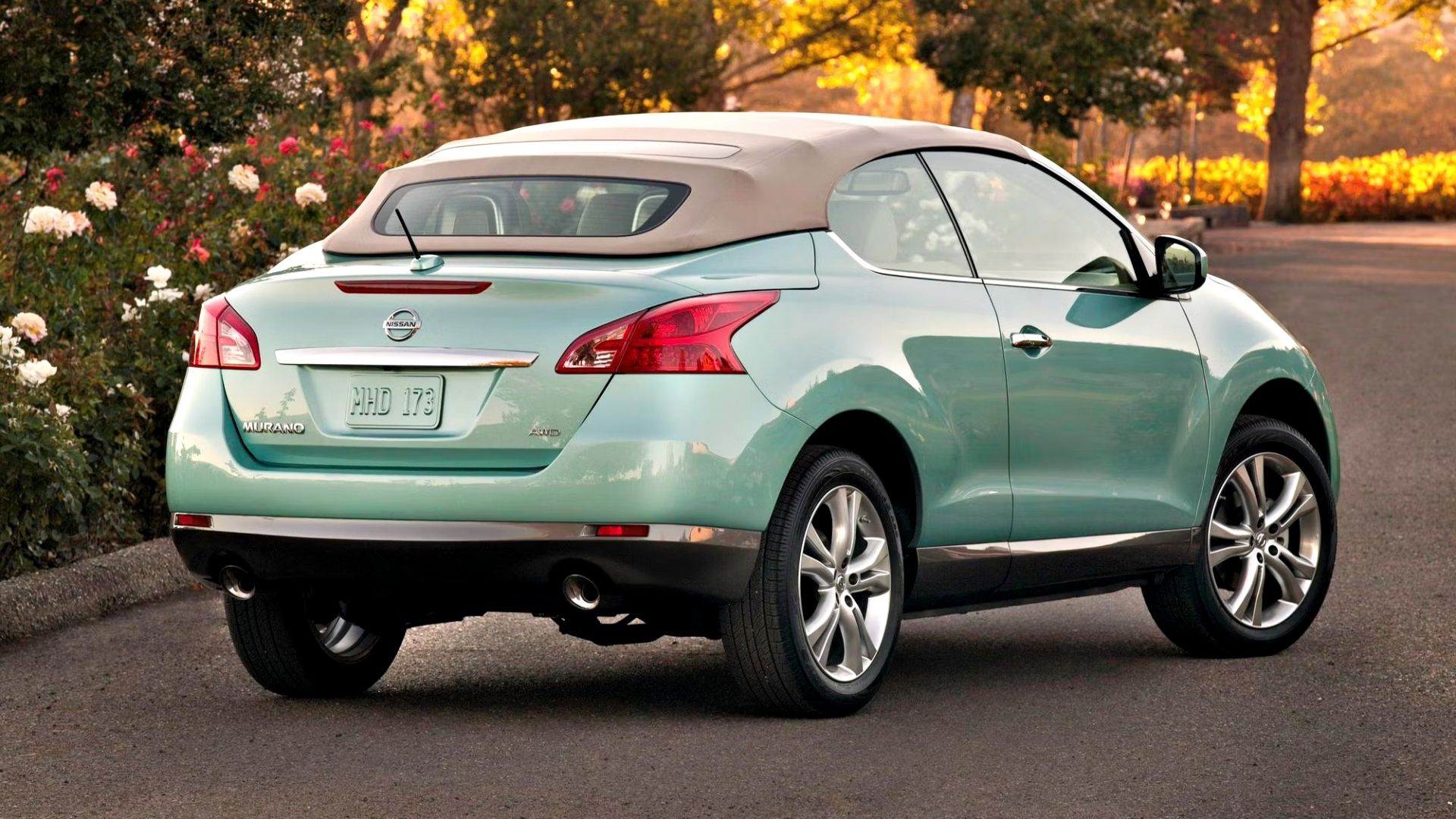
10 Weirdest Japanese Imports Sold In America
While Japanese imports are usually amazing rides, there were some cars that have been truly weird17 Honda Civic (1972-1979)
Average Market Value: $11,516
Every model that has made it big in the industry has roots in a time when automakers were just trying to make an impact in the business. That sentiment holds for a lot of models these days, none more so than Honda’s super popular Civic compact sedan. At that time, Honda needed an economical, durable, and affordable car to beef up its automotive lineup after initially finding success in the motorcycle segment. That’s when the Civic came into the picture.
1974 Honda Civic Specifications
|
Engine: |
1.2-liter inline-four |
|---|---|
|
Horsepower: |
53 horsepower |
|
Torque: |
69 pound-feet |
|
0 to 60 MPH: |
12.5 seconds |
|
Top Speed: |
n/a |
It wasn’t the fastest car by any stretch of the imagination, nor was it the fanciest ride that money could buy. But it checked a lot of requirements that Honda needed for an affordable ride. It’s not a coincidence that the Civic turned into Honda’s first commercially successful vehicle. Since then, it’s become one of the most identifiable vehicles in the entire auto industry. It’s even evolved from a cheap subcompact to a sophisticated compact vehicle that’s teeming with a lot of Honda’s newest technologies. The Civic is still going strong ten generations later and is one of the top hot hatchbacks on sale.
16 Datsun 240Z (1970-1973)
Average Market Value: $34,811
What else has to be said about the Datsun 240Z that hasn’t been said already? Also dubbed the Fairlady Z, it arrived in 1970, a time when safety regulations effectively placed domestic performance cars in a state of flux. As people started to look elsewhere to satiate their thirst for vehicular performance, the 240Z arrived like manna from the skies, packing a 2.4-liter straight-six SOHC engine that produced a stout 151 horsepower.
Datsun 240Z Specifications
|
Engine: |
2.4-liter inline-six engine |
|---|---|
|
Horsepower: |
151 horsepower |
|
Torque: |
146 pound-feet |
|
0 to 60 MPH: |
7.5-8.6 seconds |
|
Top Speed: |
125 mph |
It helped, too, that the 240Z stood out from the crowd with a drop-dead sexy design that reminded folks of exotic European cars of that era. From the Porsche headlights to the Jaguar body to the Aston Martin profile, the 240Z was an affordable performance car that looked way more upscale than it actually was. American car buyers gravitated towards the 240Z like moths to a light, and to this day, the “Fairlady” remains a hot ticket item among car collectors and enthusiasts. Nevertheless, $35,000 seems fair for a car dubbed the Japanese 911. Though it had a relatively short production period, it was a very popular car. Therefore, you won't struggle to find a good example.
15 Toyota 2000GT (1967-1970)
Average Market Value: $1.1 million
Much like Honda, Toyota wasn’t the car brand that it is now. There once was a time when the Japanese auto giant was an obscure automaker with dreams of selling cars in the U.S. in small quantities. One of its models, the 2000 GT, was a small but peppy Japanese sports coupe that sported an underrated six-cylinder engine. Its arrival in foreign markets, the U.S. most notably, helped put Toyota on the map.
Toyota 2000 GT Specifications
|
Engine: |
2.0-liter inline-six engine |
|---|---|
|
Horsepower: |
150 horsepower |
|
Torque: |
130 pound-feet |
|
0 to 60 MPH: |
8.6 seconds |
|
Top Speed: |
136 mph |
Not only did it look astonishingly sexy, but the aforementioned Yamaha-built six-cylinder unit delivered impressive performance capabilities to go with racecar-like handling credentials. It’s an understatement to say that Toyota struck gold with the 2000 GT. Toyota didn’t sell too many 2000 GTs in the U.S., but it did do something far more important than putting money in the automaker’s coffers; it introduced Toyota to a region that would end up becoming the automaker’s largest market in the world. That’s called impact, folks.
The 2000GT is considered Japan's first supercar, an apt moniker, considering its eye-watering sticker price. You need over $1 million to own one of the rarest Toyota's ever made. A 2000GT tuned by Carroll Shelby attracted a bid of over $2.5 million, becoming the most expensive JDM car sold at auction.
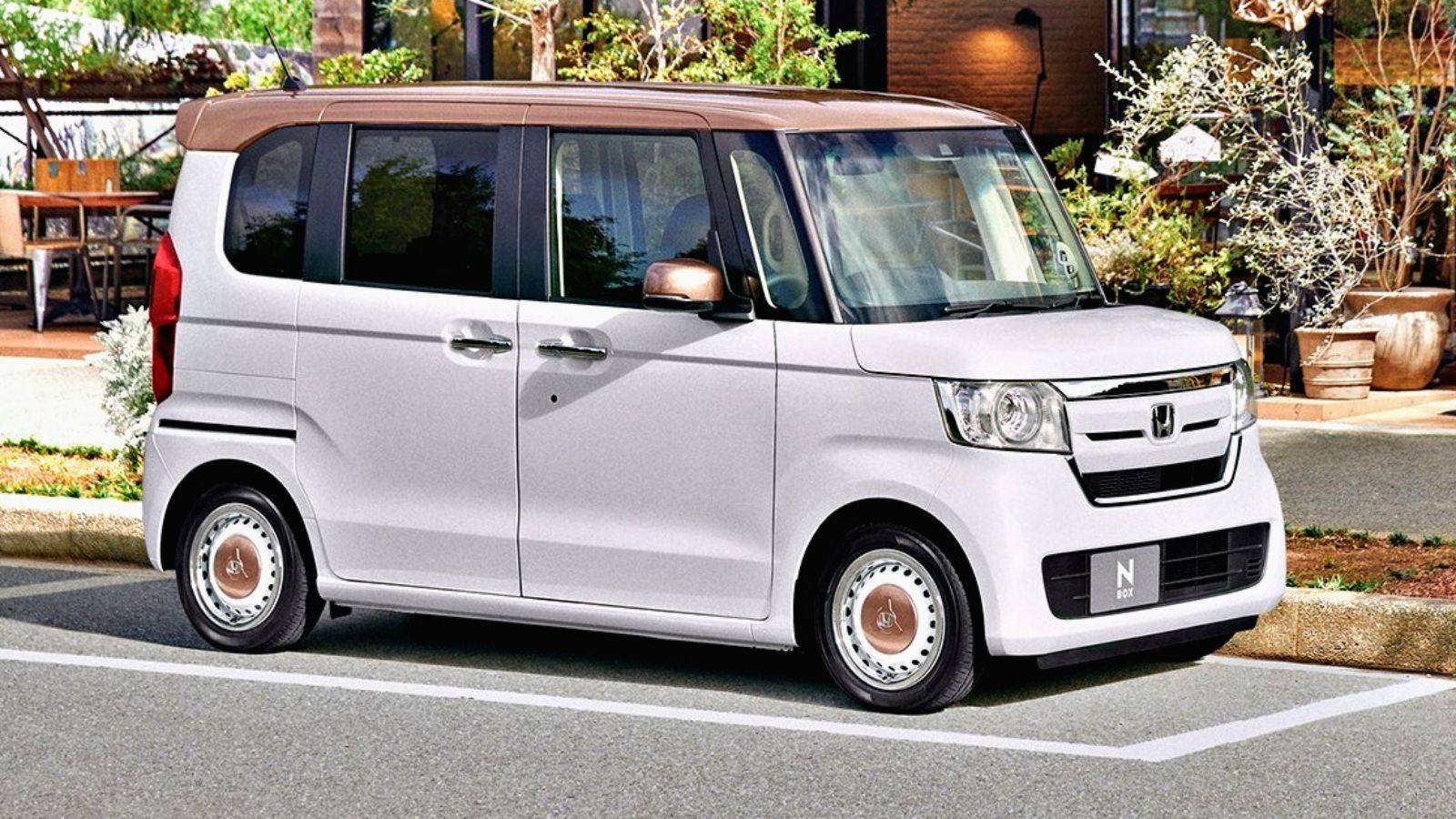
15 Kei Cars That Prove Japan Has it Right
Built to take on the congested streets of urban Japan, these frugal Kei cars were born out of necessity, and here are some of the best models ever14 Nissan Skyline 2000 GT-R Hakosuka (1968-1972)
Average Market Value: $122,028
When you’re talking about Japanese performance cars, no name can elicit swoons and over-the-top gasps like the Nissan Skyline GT-R. The OG Skyline GT-R looked more like an American muscle car than a Japanese sports car. But underneath the boxy profile and the squared lines sat a 2.0-liter six-cylinder engine that produced 160 horsepower, enough to turn heads back in the late 1960s.
Nissan Skyline 2000 GT-R Hakosuka Specifications
|
Engine: |
2.0-liter inline-six engine |
|---|---|
|
Horsepower: |
160 horsepower |
|
Torque: |
131 pound-feet |
|
0 to 60 MPH: |
n/a |
|
Top Speed: |
n/a |
The Nissan Skyline GT-R will always be one of the greatest automotive marvels Japan has ever produced. That it was never imported to America has made it that much more expensive and highly collectible among car collectors the world over. Remember, whenever we talk about the car we know as Godzilla today, proper homage must go to the Hakosuka as well.
Getting a genuine Hakosuka made by Nissan isn't easy: the company made only 1945 examples. The number of original Hakosuka surviving must surely be lower. If you don't mind purchasing an imitation, Hakosuka replicas are easier to find.
13 Isuzu 117 Coupe (1968-1981)
Average Market Value: $34,100
Not a lot of people remember Isuzu as a carmaker, but back in the ‘60s, Isuzu built some ravishing car models, including the 117 Coupe. You didn’t expect a Japanese automaker back then to come out with a coupe that carried stylish curves and swooping lines, but that’s exactly what Isuzu did when it rolled out the 117 Coupe.
Isuzu 117 Coupe Specifications
|
Engine: |
1.6-liter inline-four engine |
|---|---|
|
Horsepower: |
118 horsepower |
|
Torque: |
105 pound-feet |
|
0 to 60 MPH: |
10.8 seconds |
|
Top Speed: |
124 mph |
Of course, the real secret here is that the 117 was actually penned by Georgette Giugiaro, which explains the car’s aesthetics. Isuzu enjoyed a lot of success with the 117 at the helm. Production lasted until 1981, and while the coupe wasn’t exactly a bastion of performance, it was elegant in ways very Japanese cars were back then. Good luck finding a well-maintained Isuzu 117 Coupe these days - they are some of the rarest examples on the used car market.
12 Mazda Luce 1800 (1971)
Average Market Value: $6,000
The Mazda 1800 Luce wasn’t a powerful car, and it certainly wasn’t a fast one, either. In top form, the sedan was powered by a 1.8-liter engine that barely produced 100 horsepower. You’re not going to win a lot of races in the 1800 Luce. That much is certain. So why is this model on this list? For all intents and purposes, the Luce was one of the first models introduced by Mazda when it entered the U.S. market in the early 1970s.
Mazda 1800 Luce Specifications
|
Engine: |
1.8-liter inline-four engine |
|---|---|
|
Horsepower: |
98 horsepower |
|
Torque: |
108 pound-feet |
|
0 to 60 MPH: |
n/a |
|
Top Speed: |
n/a |
Like the Civic in Honda’s case, the Luce gave Mazda credibility and recognition outside its home market, and the Japanese automaker has built on that credibility since then. On top of that, the Luce also remains one of the best-looking Japanese cars ever built. That’s a credit to Mazda’s decision to venture to Europe and have the famous Italian design house Bertone pen the design of the Luce.
Once Mazda's top car in the United States, the 1800 Luce has faded into obscurity. Though it looked good, it was so slow that it failed to excite buyers or the media. It spent one year on the market before being replaced by the second-gen Luce, which sold stateside as the RX-4 and featured a Wankel mill.
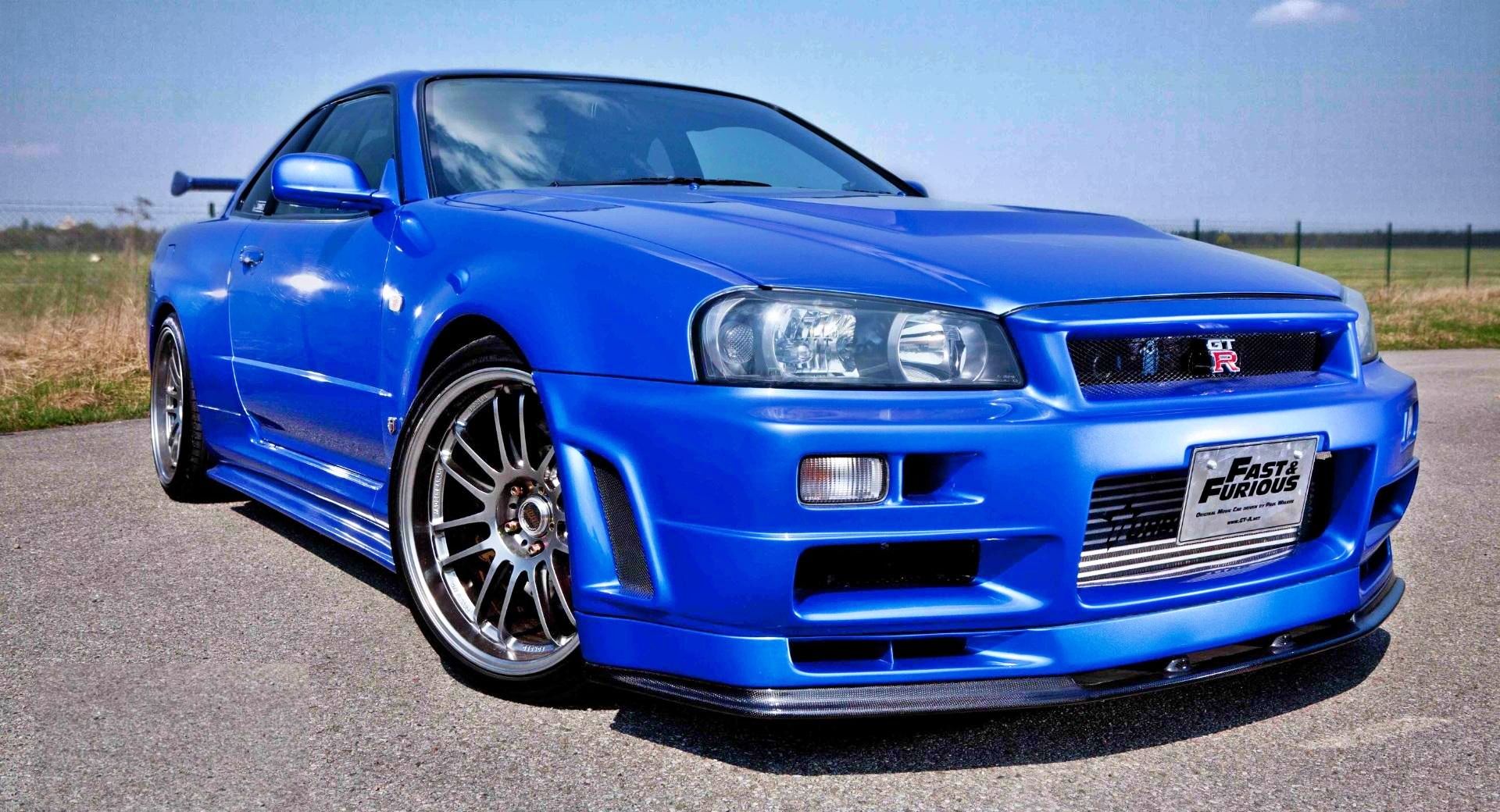
Five JDM Cars You Can Finally Import To The U.S. In 2023
From mild to wild, check out these sensational Japan-only icons that are turning 25 years old11 Mitsubishi Lancer 1600 GSR(1973-1976)
Average Market Value: $35,000
Mitsubishi Lancer is one of the most iconic nameplates when it comes to Japanese performance cars. When combined with the Evolution moniker, the Lancer is a formidable rally car for the road. But the Lancer went rallying long before the "Evo" came to be. In 1973, Mitsubishi introduced the first-generation Lancer, internally dubbed A70. The brand's rally aspirations spawned the Mitsubishi Lancer 1600 GSR.
Mitsubishi Lancer 1600 GSR Specifications
|
Engine: |
1.6-liter inline-four engine |
|---|---|
|
Horsepower: |
110 horsepower |
|
Torque: |
108 pound-feet |
|
0 to 60 MPH: |
n/a |
|
Top Speed: |
n/a |
In Europe, the car was sold as the Colt 1600 GSR, while the US got a rebadged, non-performance version called the Chrysler Valiant Lancer. The car was made to race off-road and propulsion was entrusted to a 1.6-liter inline-four with 169 horsepower and 119 pound-feet. While street versions were less powerful, this is the Japanese classic car that paved the way for all of Mitsubishi's future rally models, including all generations of the Lancer Evolution.
The 1600 GSR was significant for Mitsubishi as it helped build the automaker's motorsport pedigree: it won the grueling Safari Rally on its first attempt. Road-going versions were less successful, probably because emission regulations forced Mitsubishi to de-tune the car's engine.
10 Toyota Celica (1971-2006)
Average Market Value: $14,201
As much love as the Toyota Supra has received, it’s worth mentioning that it wasn’t the only performance car that helped Toyota become a big player in the global car scene. For those who couldn’t afford the admittedly pricey 2000 GT, Toyota built a budget-friendly sports coupe that still carried a performance vibe to it. Enter the Toyota Celica. The first-generation Celica arrived in 1970, and the model immediately took off.
2002 Toyota Celica GT-S Specifications
|
Engine: |
1.8-liter inline-four engine |
|---|---|
|
Horsepower: |
194 horsepower |
|
Torque: |
133 pound-feet |
|
0 to 60 MPH: |
7.5 seconds |
|
Top Speed: |
129 mph |
It lasted seven generations, spanning 36 years, before Toyota shelved the nameplate in 2006. More than its longevity, the Celica proved that Toyota was also capable of offering an affordable performance model that allowed owners to enjoy the thrill of a Japanese-built sports coupe without having to pay too much of a premium for it. To date, the Celica remains popular among car aficionados, so much so that rumors of a return are never far from the surface.
9 Honda S500 (1963-1964)
Average Market Value: N/A
In the past, Honda was known solely for its motorcycles. In 1963, the Japanese carmaker introduced its first sports car - the Honda S500. The compact, nimble sports car came as a soft-top convertible or a fastback coupe. This was not just the first sports car from Honda, but also its first passenger car. The S500 is the first of three versions and features a 531cc (0.5-liter), inline-four with 44 horsepower.
Honda S500 Specifications
|
Engine: |
0.5-liter inline-four engine |
|---|---|
|
Horsepower: |
44 horsepower |
|
Torque: |
33 pound-feet |
|
0 to 60 MPH: |
n/a |
|
Top Speed: |
n/a |
The S600 came a year later and was the most high-revving version of the car. With a 9,500 RPM redline, it was the most high-revving, road-going car for many decades and even today, very few cars manage to top that. Honda's motorcycle roots were firmly embedded in the small sports car since the rear axle was chain-driven.
Honda silenced anyone who doubted the company's vehicle-manufacturing prowess with the S500. It was one of the most beautiful (it is still a very pretty car) and most technologically advanced cars of the time. It set the tone for future Honda roadsters like the iconic S2000. Honda built around 1,360 examples, which makes the S500 quite rare. They seldom appear on the used car market.
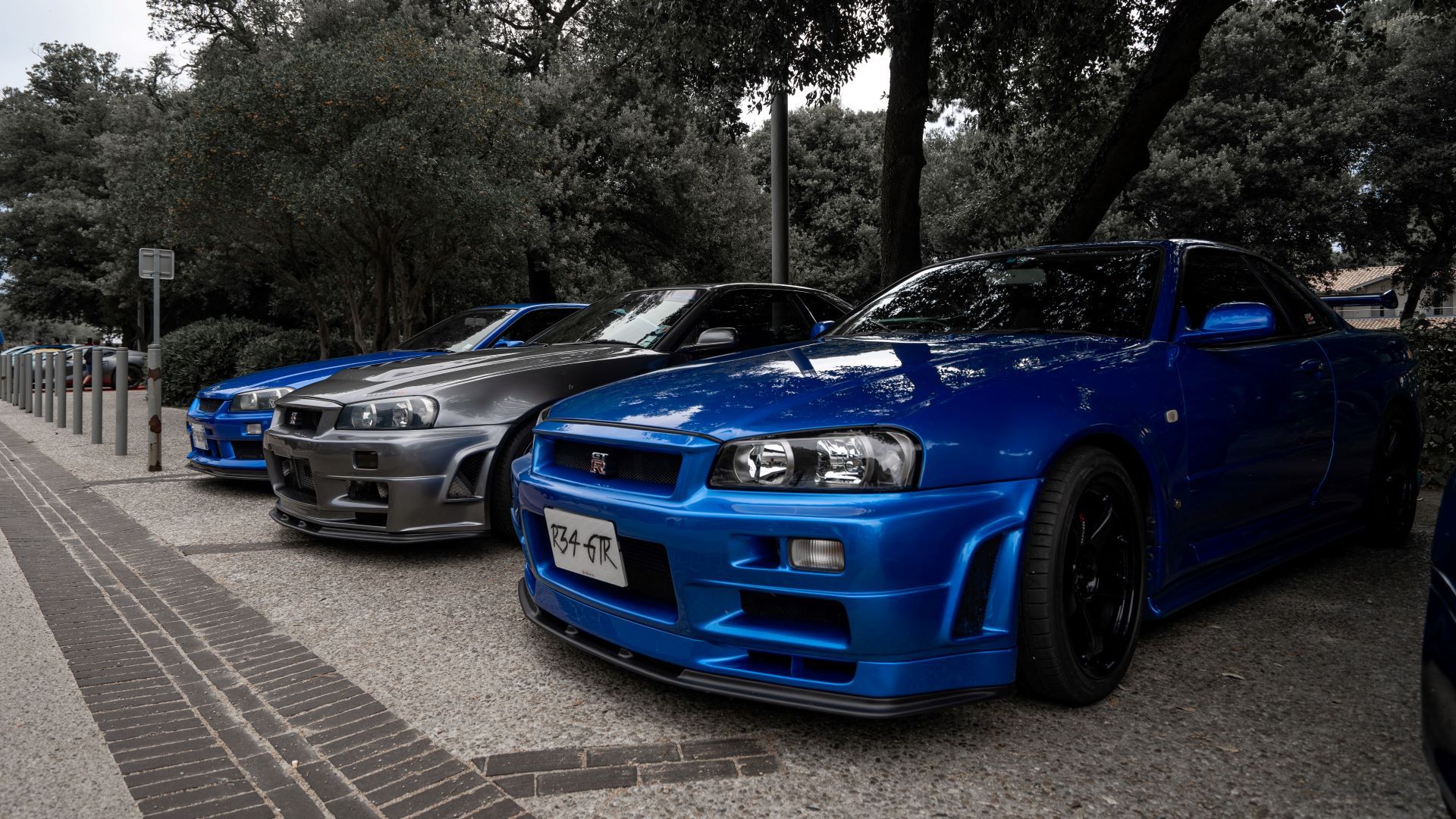
20 Best JDM Cars Of The 90s
While there is no shortage of highly sought-after 90s JDM icons, find out why these 20 models are some of the very best8 Mitsubishi Pajero (1983-2021)
Average Market Value: $15,600
Toyota's Land Cruiser may be the definitive Japanese offroader, but from 1981, it shared the off-road scene with Mitsubishi's Pajero. Nowadays, the Pajero is a more budget-friendly alternative to the Land Cruiser, but in truth, Mitsubishí's off-road model was a lot more consistent in Rally Dakar, where it saw great success. When it came to the regular versions sold to the public, the Pajero was sold as a five-door or a three-door, short-wheelbase SUV.
Fourth-Gen Mitsubishi Pajero Specifications
|
Engine: |
3.8-liter V-6 |
|---|---|
|
Horsepower: |
247 horsepower |
|
Torque: |
243 pound-feet |
|
0 to 60 MPH: |
n/a |
|
Top Speed: |
n/a |
4X4 was always standard and the Pajero came with a variety of petrol and diesel units. The range-topping variant introduced the 6G72 engine, which was most notably used in the Mitsubishi 3000 GT (GTO in Japan). Mitsubishi is no stranger to partnering with Chrysler and between 1987 and 1989, the first-generation Pajero was sold in the US as the Dodge Raider. Regardless, the boxy Japanese SUV marked the beginning of a long lineup of rugged Mitsubishi offroaders, among which the legendary Pajero Evolution.
7 Subaru Leone (1972-1994)
Average Market Value: $6,153
Subaru is mostly known for its rally-bred Legacy and Impreza models that dominated WRC throughout the years. However, the brand occasionally dipped into the sports coupe segment. First introduced in 1971, the Leone was a front-wheel-drive model that came in three generations. Four-wheel drive was always optional and, in true Subaru fashion, only flat-four engines were available.
Subaru Leone 1st Generation Specifications
|
Engine: |
1.6-liter flat-4 |
|---|---|
|
Horsepower: |
114 horsepower |
|
Torque: |
111 pound-feet |
|
0 to 60 MPH: |
n/a |
|
Top Speed: |
n/a |
The first and second-generation Subaru Leone also introduced a pick-up version called the BRAT. The third-generation Leone came in 1980 and was the first Subaru to enter the World Rally Championship. The rally team was led by Noriyuki Koseki, who would later found Subaru Tecnica International (STI). The Leone would, eventually, be succeeded by the Legacy, which in turn was replaced by the Impreza STI in Subaru's rally efforts. Despite being Subaru's top model for several years, the Leone is quite cheap today, especially compared to its more famous, rally-bred stablemates.
6 Mitsubishi Colt Galant GTO (1970-1977)
Average Market Value: $6,600
The Galant nameplate first arrived in 1969 and is typically associated with the brand's most luxurious sedans. Granted, Mitsubishi is, rarely, associated with luxury, but in 1970, the Galant GTO arrived as the brand's first model, officially recognized as a grand tourer. GTO stands for Gran Turismo Omologato and is considered to be the rarest of the Colt Galant models. It was also a homologation special for the JCCA, but the OPEC oil embargo from 1973 meant the car would never see a racing circuit.
Mitsubishi Colt Galant GTO MR Specifications
|
Engine: |
2.0-liter flat-4 |
|---|---|
|
Horsepower: |
123 horsepower |
|
Torque: |
105 pound-feet |
|
0 to 60 MPH: |
n/a |
|
Top Speed: |
n/a |
Like other Japanese coupes from the time, the Galant GTO resembled a downsized, American Muscle car. Instead of torquey V-8 engines, Mitsubishi's coupe came with inline-four engines ranging from 1.6 to 2.0 liters. The MR edition was the range-topper, powered by a 4G52 engine with 125 horsepower. The Galant GTO is Mitsubishi's first luxury sports car and would pave the way for future models like the GTO/3000 GT.
Mitsubishi opted against marketing the car aggressively outside Japan. The few examples available stateside don't cost much. In Japan, however, the GTO is highly sought after and very pricey.
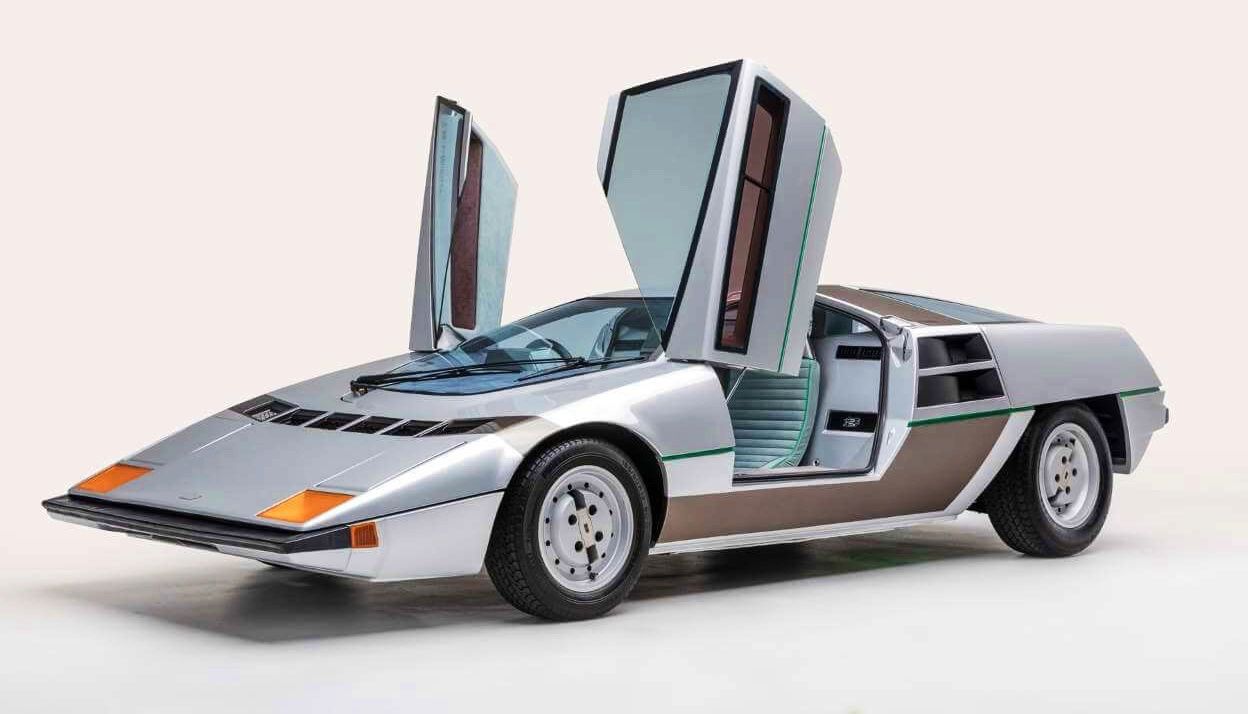
10 Japanese Car Brands You've Never Heard Of
Exploring these obscure Japanese automotive brands, we find out why they never took off to become household names like Toyota, Honda, or Nissan5 Toyota Supra A70 (1987-1992)
Average Market Value: $23,576
The Supra name dates back to 1978, but it wasn't until 1986 that the Supra became its own model. Before that, the Supra name was designated for a souped-up version of the Celica. The third generation, internally-dubbed A70, effectively split up the Celica and Supra names, and gave us a proper sports car flagship from Toyota. It's not the first turbocharged Supra, nor the first one to get an inline-six, but it was the first to give us the 1JZ-GTE engine.
Toyota Supra A70 Specifications
|
Engine: |
3.0-liter turbocharged inline-6 |
|---|---|
|
Horsepower: |
232 horsepower |
|
Torque: |
254 pound-feet |
|
0 to 60 MPH: |
6.5 seconds |
|
Top Speed: |
146 mph |
The range-topping engine was the 7M-GTE, which can be considered the predecessor to the 2JZ-GTE. The 7M-GTE also had great tuning potential but needed a few things in order to make it reliable, before going for big power. The 7M is also the first Toyota inline-six engine to utilize ignition coils instead of a distributor.
Having long lived under the shadow of the MK4 Supra, the A70 is starting to prove that it also deserves the adulation that its successor receives. Though it lacks the MK4's hardy 2JZ engine, the MK3 has enormous tuning potential. MK3 examples are not as pricey as MK4 cars, for now. We advise that you get one stat before demand for the MK3 shoots up, raising prices.
4 Mazda RX-3 (1971-1978)
Average Market Value ($43,554)
Mazda has always taken a different approach and this couldn't be more obvious when looking at the brand's flagship performance cars. That's because every flagship sports car from Mazda was powered by a rotary engine, which is what gave the unique driving characteristics of the cars. Mazda's sports cars were always about lightness and balance instead of high-tech wizardry.
Mazda RX-3 Specifications
|
Engine: |
1.3-liter twin-rotary |
|---|---|
|
Horsepower: |
110 horsepower |
|
Torque: |
100 pound-feet |
|
0 to 60 MPH: |
10.8 seconds |
|
Top Speed: |
115 mph |
The RX-3, which was marketed as the Savanna in its home market, Japan, was nicknamed "the rotary rocket". In addition to being quick for its day, among the RX-3's biggest feats is that it ended the "Hakosuka" Skyline GT-R's winning streak in motorsports. It also laid the foundation for future Mazda rotary sports cars, such as the RX-7 lineup.
The RX-3's not-so-secret weapon was lightness. Despite emerging during a time when car potentials were hamstrung by the oil crisis, the Mazda established itself as a champion on track. Its success, coupled with the fact that it has a rotary engine up front, has made it a relatively pricey collectible.
3 Mitsubishi Starion (1982-1989)
Average Market Value: $17,801
The first instance of badge engineering dates back to 1917, but its most notable practice in the automotive world comes from the Japanese carmakers, during the 1970s to 2000s. Badge engineering was a great way for Japanese carmakers to go around the import quotas imposed by the US government. The Mitsubishi Starion is one of the first cars to be badge-engineered.
Mitsubishi Starion specifications
|
Engine: |
2.0-liter turbocharged inline-4 |
|---|---|
|
Horsepower: |
180 horsepower |
|
Torque: |
214 pound-feet |
|
0 to 60 MPH: |
6.9 seconds |
|
Top Speed: |
138 mph |
It happened through a joint venture between Chrysler and Mitsubishi called "Diamond Star Motors"(DSM), which, essentially allowed Chrysler to sell the Japanese model, branded as the Plymouth/Dodge Conquest. The Japanese coupe was quite potent for the time and even featured turbocharged engines with up to 197 horsepower. The Starion was also the Japanese answer to the Porsche 924. An interesting fact about the Starion is that no one is quite sure how it got its name.
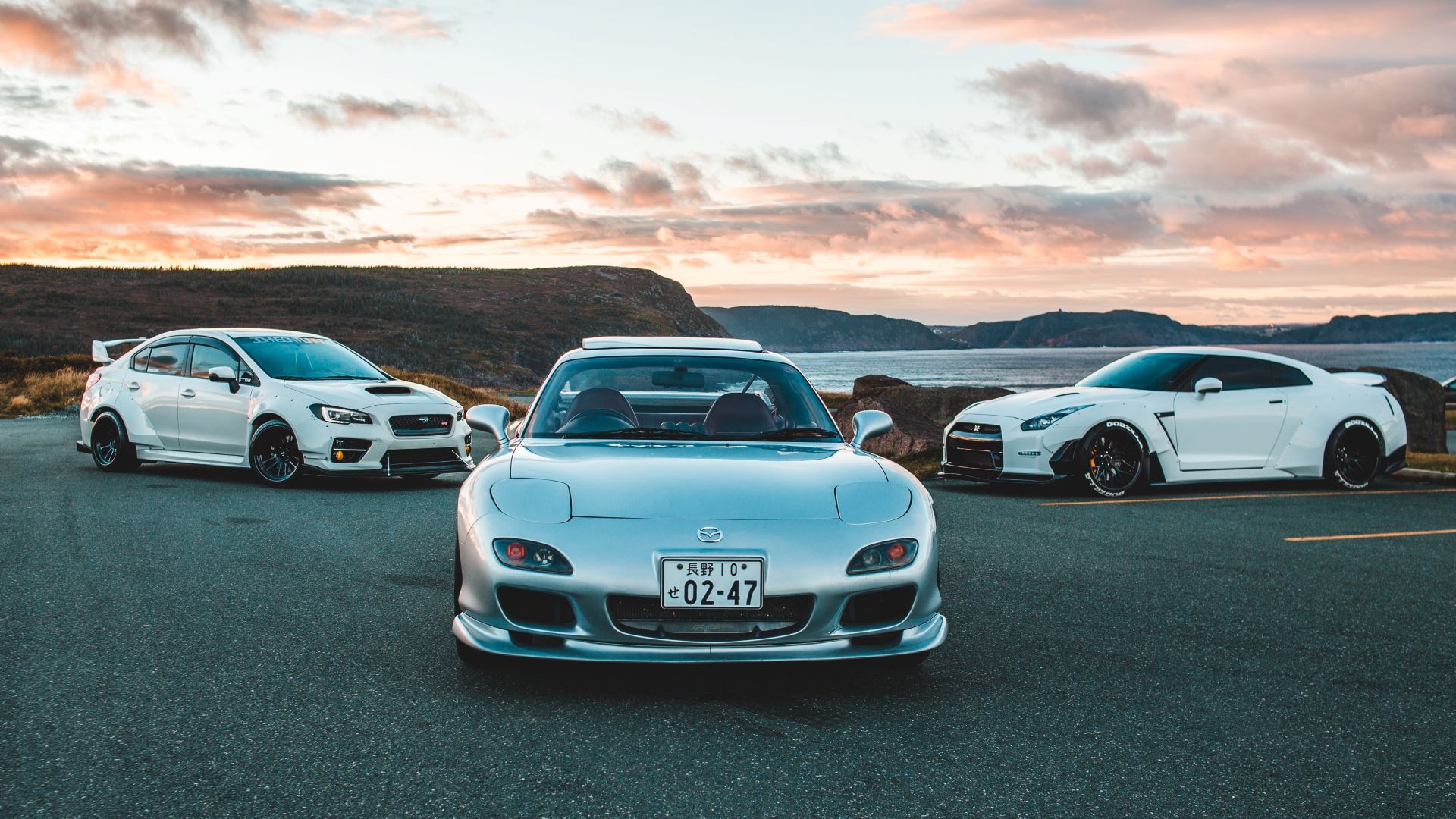
10 Times Japanese Carmakers Showed A Stroke Of Genius
Be it improving upon an existing formula, or taking an unconventional route, automotive innovations put the spotlight on the Japanese way2 Nissan Skyline GT-R R32 (1989-1994)
Average Market Value: $43,346
The Nissan Skyline GT-R conquered motorsports on more than one occasion, and it was the R32 GT-R, whose dominance was the most absolute. It entered every race it won and was, eventually, banned from racing since driving a GT-R was considered cheating. It also prompted the creation of the Australian V-8 Supercar racing series, which naturally, excluded the GT-R. All that earned the R32 GT-R the nickname "Godzilla".
Nissan Skyline R32 GT-R specifications
|
Engine: |
2.6-liter twin-turbocharged inline-6 |
|---|---|
|
Horsepower: |
276 horsepower |
|
Torque: |
260 pound-feet |
|
0 to 60 MPH: |
4.8 seconds |
|
Top Speed: |
146 mph |
This was the first time Nissan deployed the ATTESA-ETS all-wheel-drive system, which was revolutionary for the time, and the first time, we saw the RB26 DETT engine in action - two elements that would become the staple for GT-Rs to come. To this day, the Nissan GT-R is considered one of the most legendary, capable, and modified cars on the planet, and it all started with the 1989 Skyline R32. We have even gone as far as christening the R32 the greatest performance car of all time.
1 Mazda MX-5 (1990-2023)
Average Market Value: $14,328
The Mazda MX-5 Miata is now old enough to be officially classified as a classic car, but in many ways, it has been a classic for quite a while. The MX-5 is one of the best examples of the Japanese taking an existing formula and perfecting it. The birthplace of the lightweight sports car is considered Britain, but in the past, anything that was made there wasn't particularly reliable. Mazda effectively reinvented the British lightweight roadster in 1989, which resulted in one of the most popular and affordable sports cars money can buy.
Mazda MX-5 Miata NA specifications
|
Engine: |
1.8-liter inline-4 |
|---|---|
|
Horsepower: |
130 horsepower |
|
Torque: |
112 pound-feet |
|
0 to 60 MPH: |
8.2 seconds |
|
Top Speed: |
122 mph |
No wonder, by the end of 1990, over 150,000 examples were made. Five generations later, the Miata still adheres to the same principles of simplicity and lightness. Moreover, the MX-5's success prompted other carmakers to dig around the parts bin and create their own lightweight convertibles from existing models, such as the BMW Z3 and Mercedes SLK.
FAQ
Q: Where to buy classic Japanese cars?
Classic Japanese cars are available in a lot of places, including dedicated dealerships and online car sites. You can score good deals in any of these places, though the rarer the classic, the pricier they are.
Q: How to buy Japanese classics?
If you’re buying a Japanese car that’s deemed a JDM, you’re going to have to go through a long and stringent process that includes plenty of paperwork on the authenticity of the said car. It’s easier to buy a Japanese classic JDM that’s already located in the U.S. That means that it already went through the proper channels to become legal to purchase.
Q: What do people think about Japanese Classics?
Classic Japanese cars have gained popularity in recent years as prime collectibles, in part because a lot of these models only became legal to be imported to the U.S. in recent years. The demand for these cars has skyrocketed as more have become available to purchase.
Q: Are Japanese Classics legal in the United States?
Classic Japanese cars are legal in the U.S., provided that they are over 25 years old, and meet the exemptions laid out by EPA and FMVSS regulations.
Q: Are classic Japanese cars valuable?
Some classic Japanese cars have become valuable in recent years as more of the models become available in the U.S. The demand continues to stay on an upward trend, so expect a lot of these classics to gain prestige in the coming years. The more prestigious they are, the more expensive and valuable they become.

